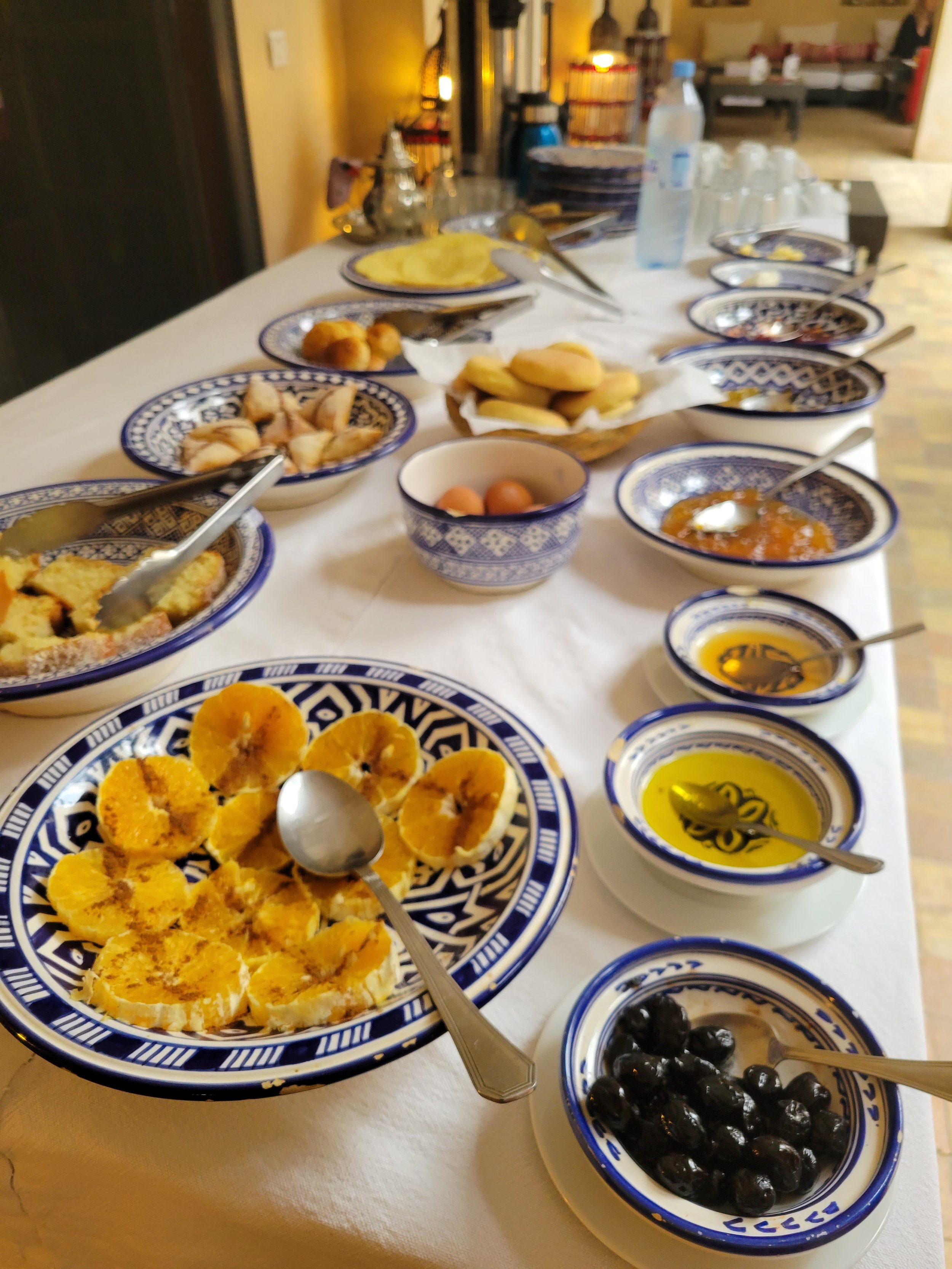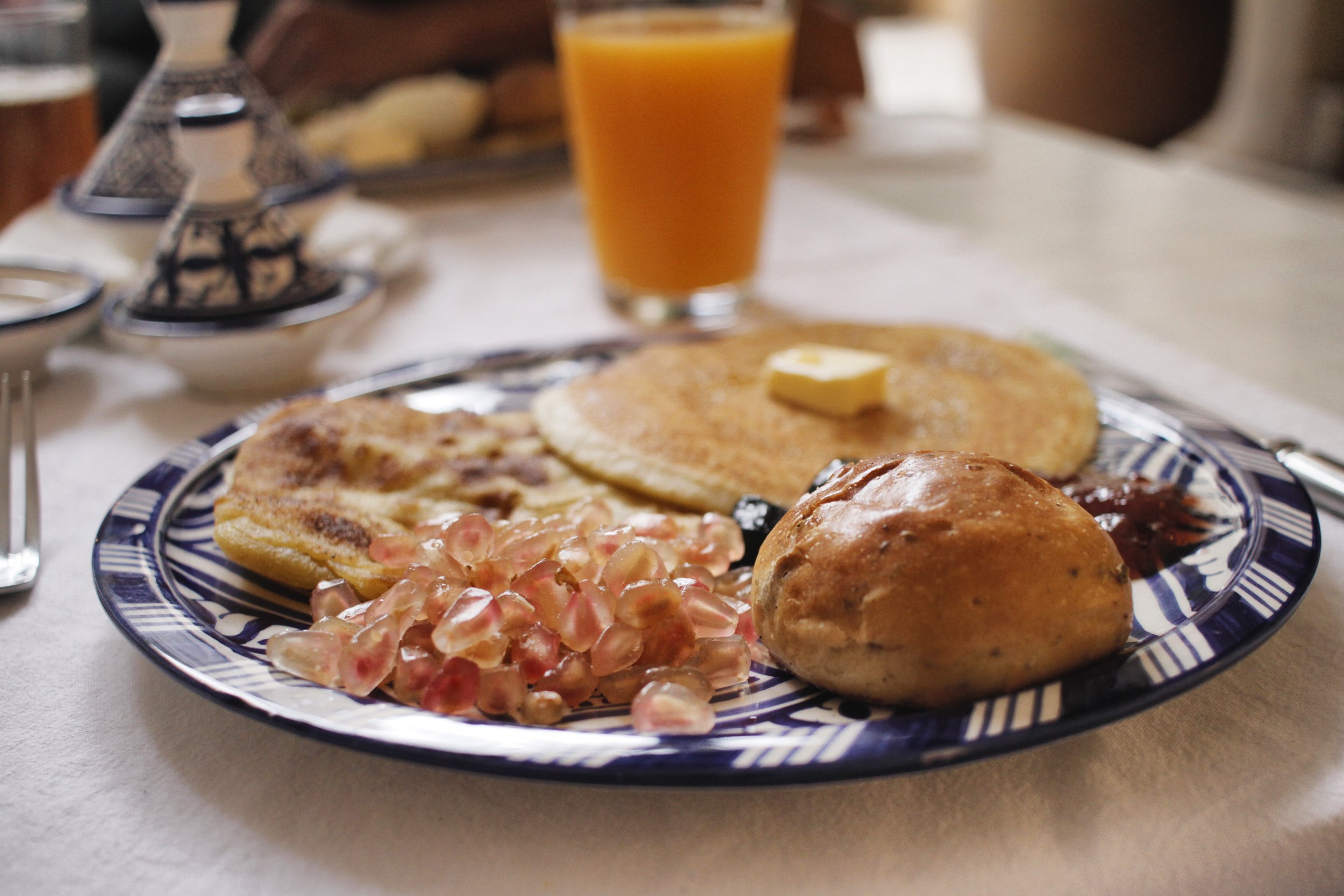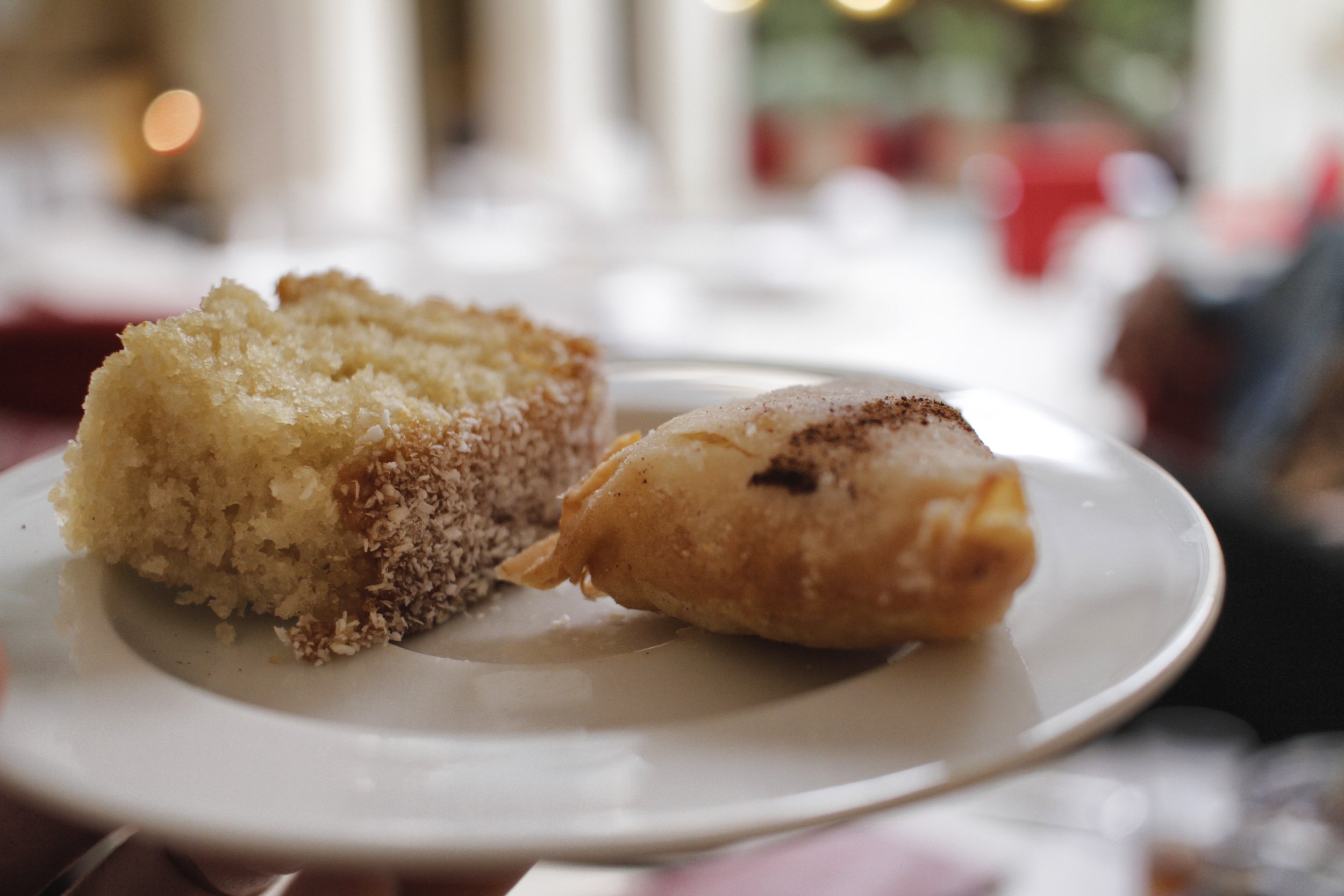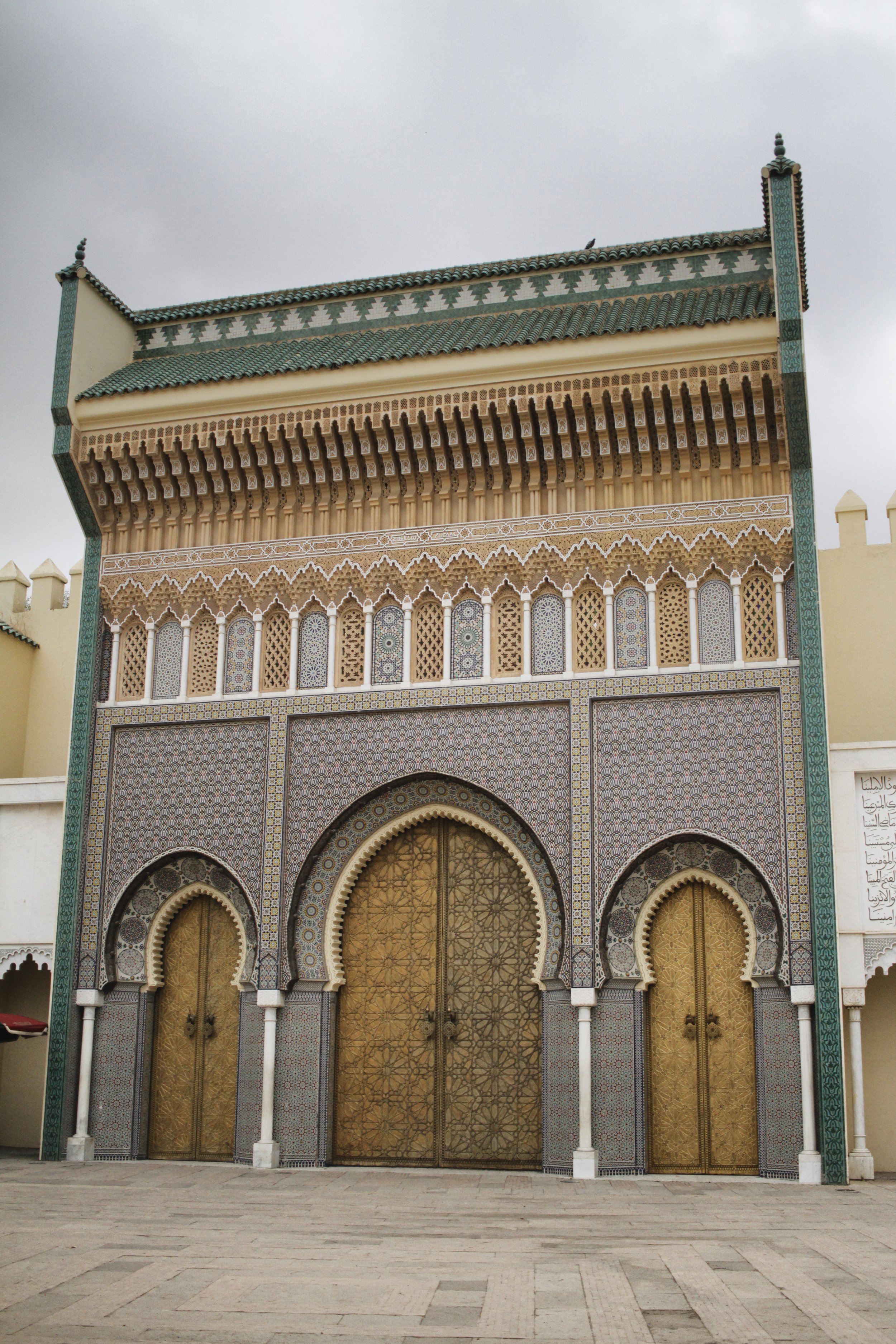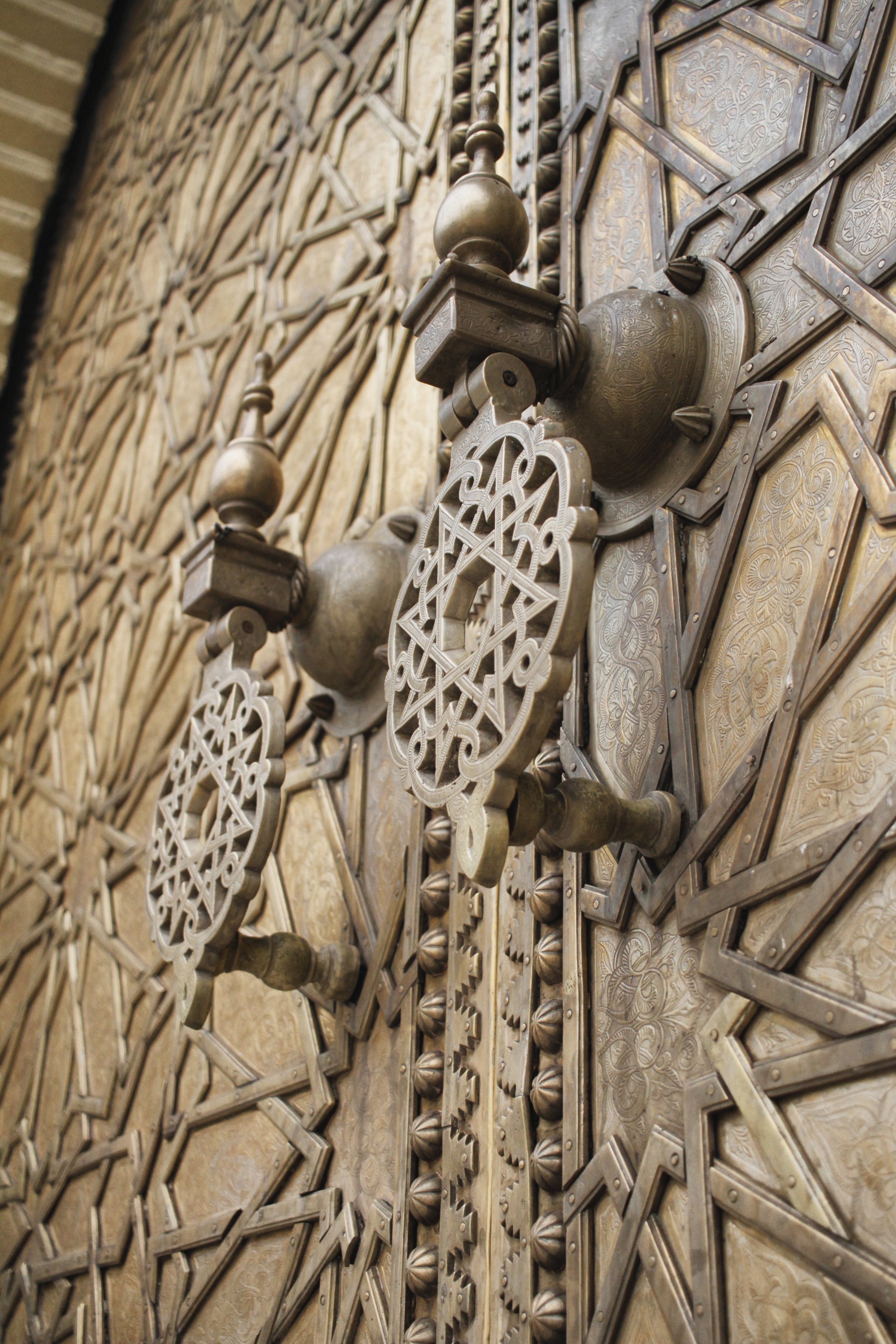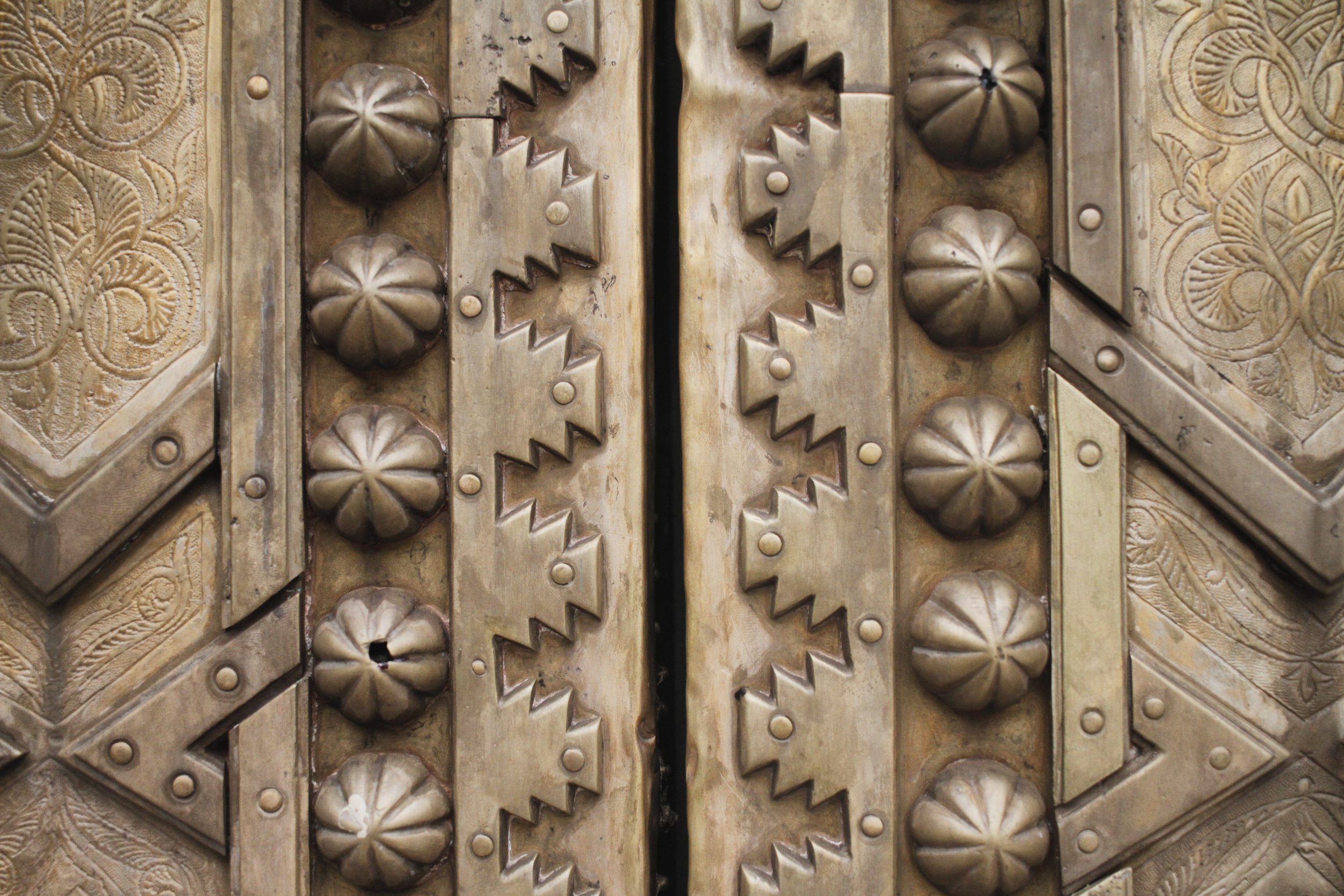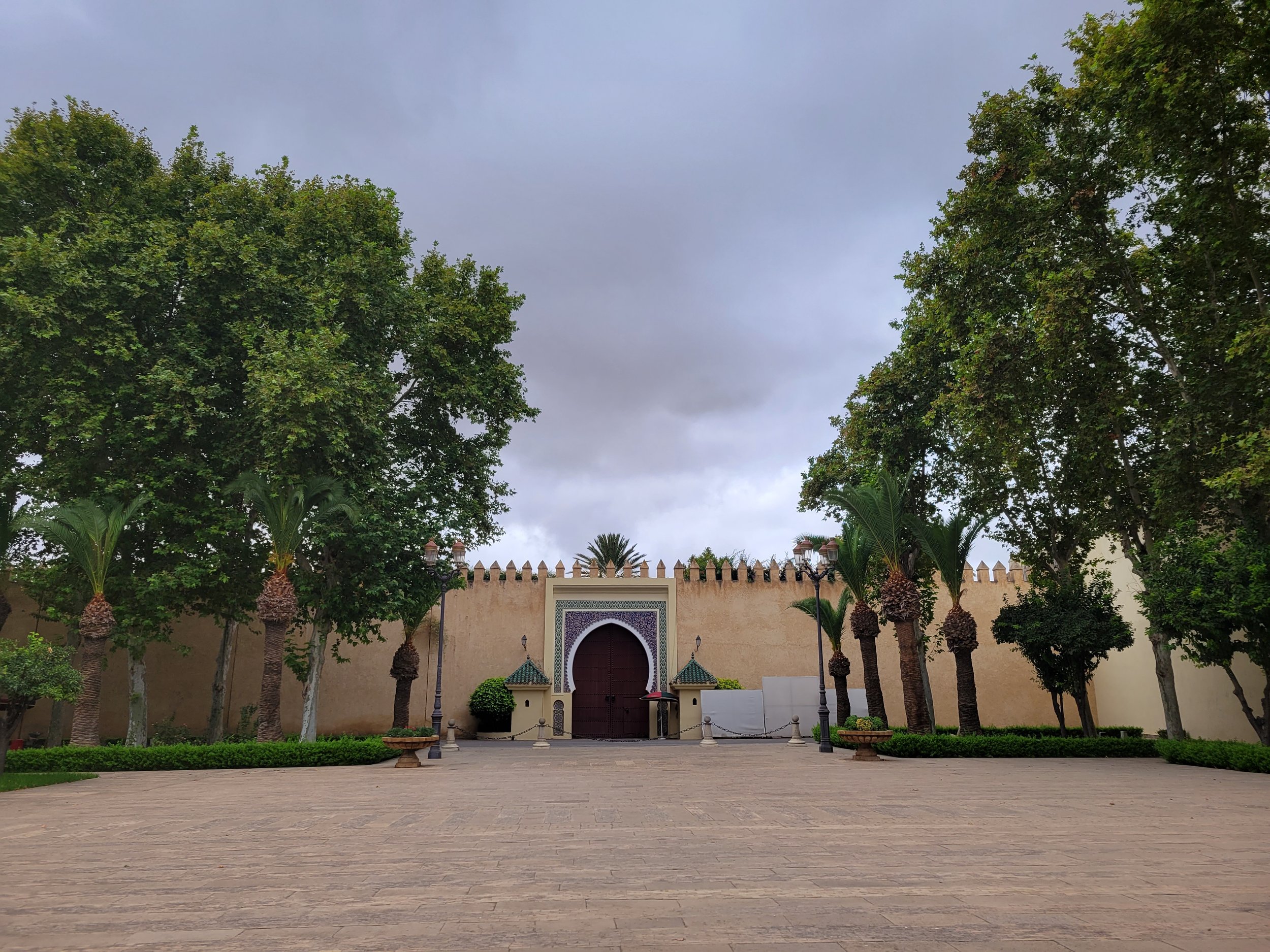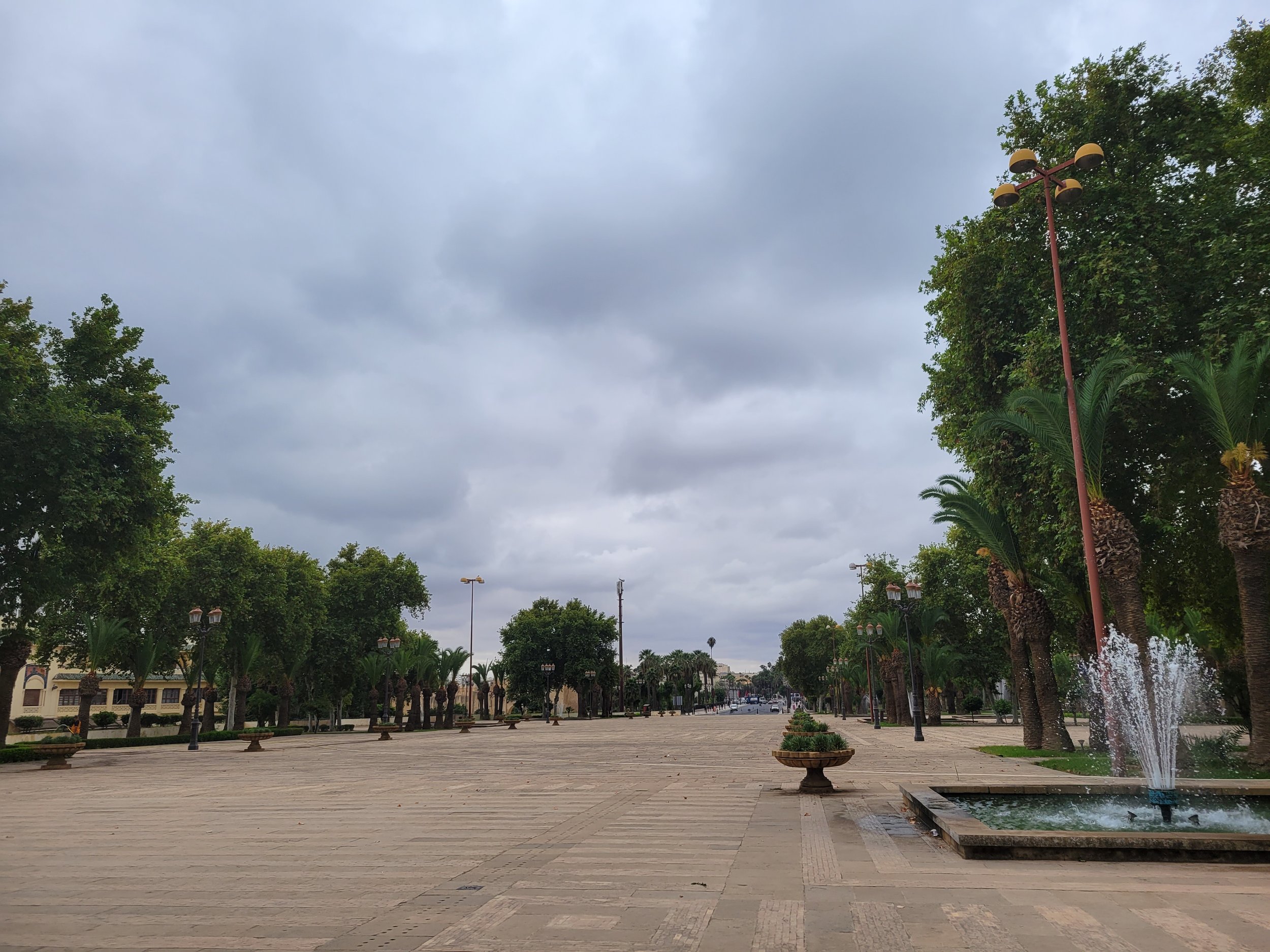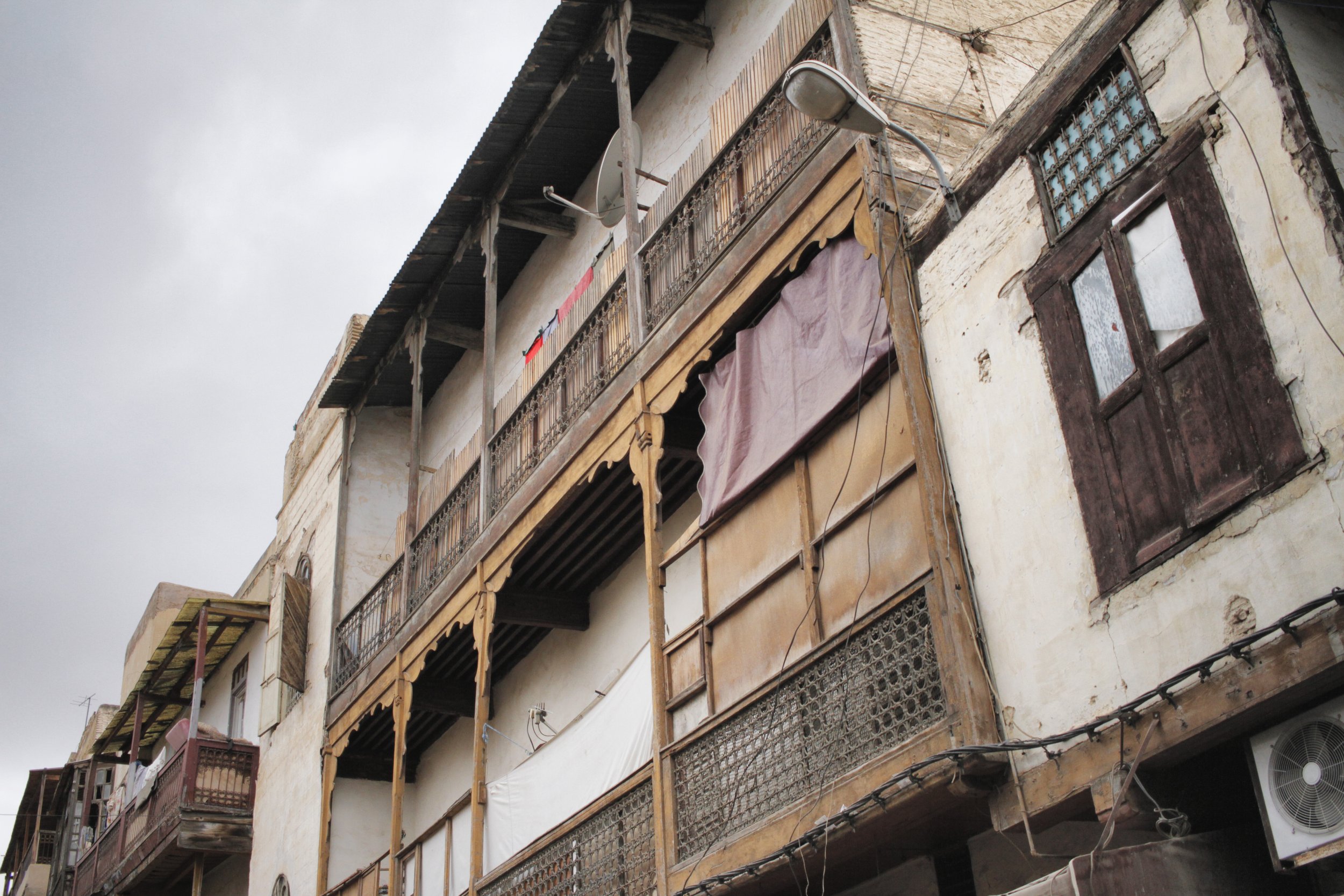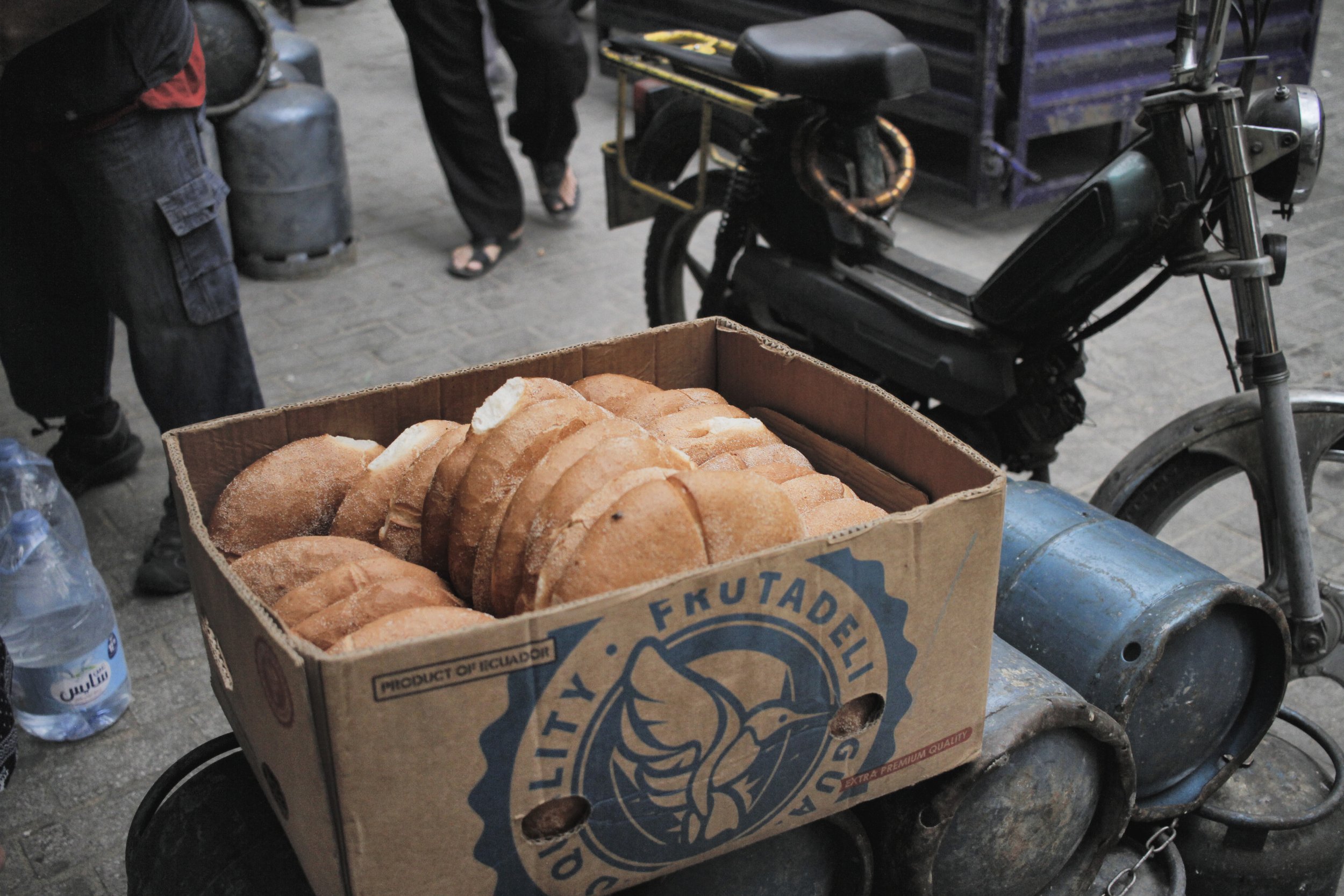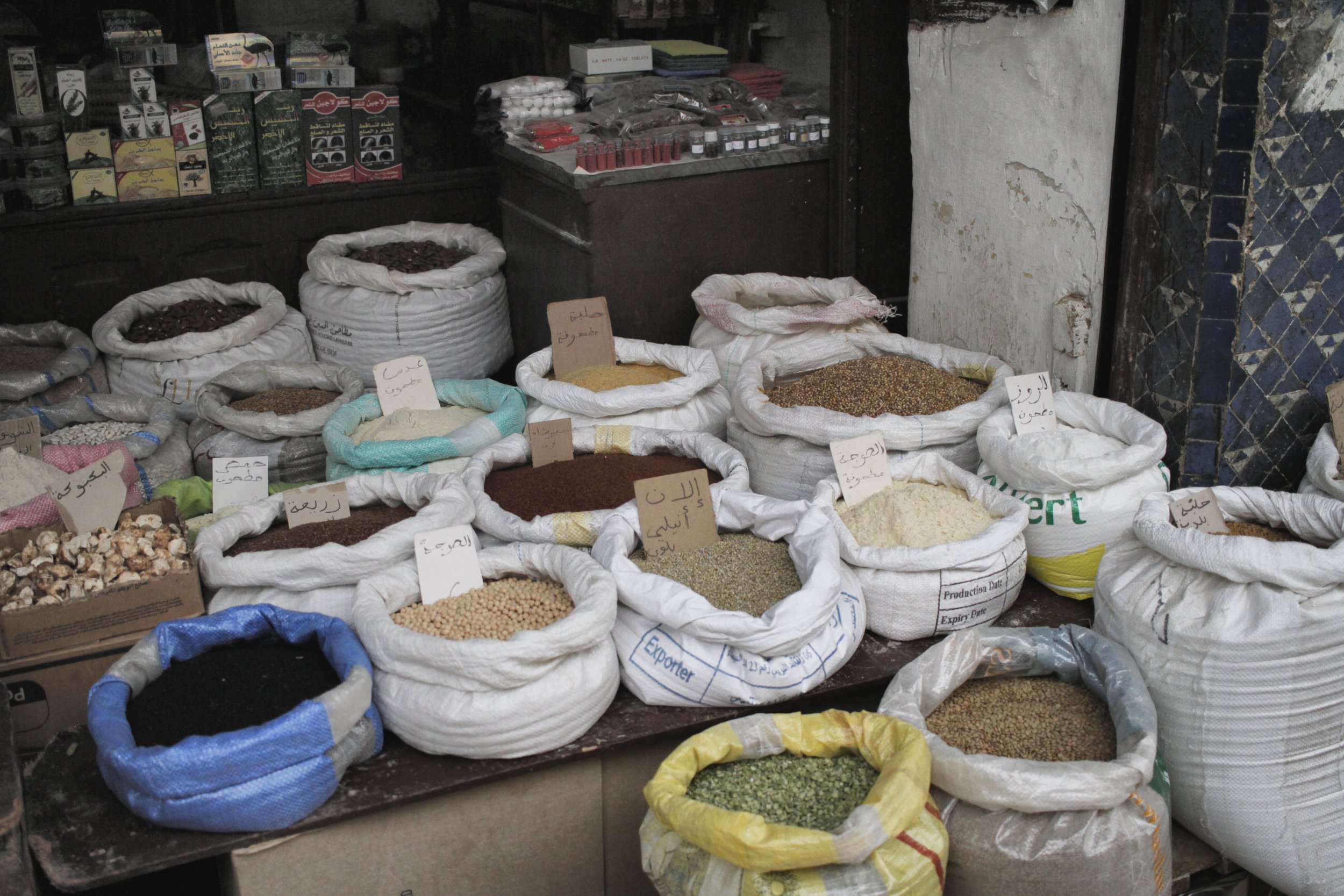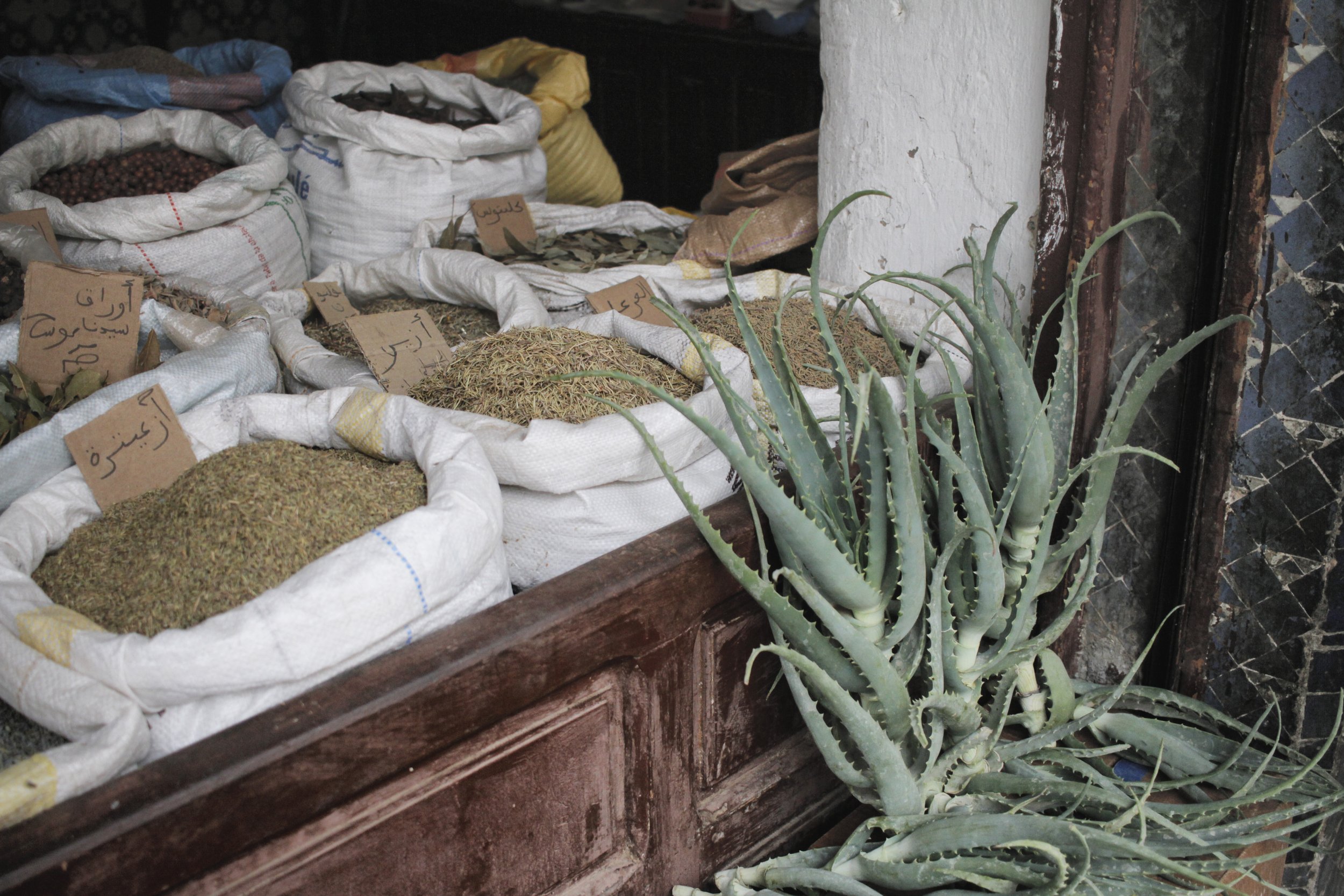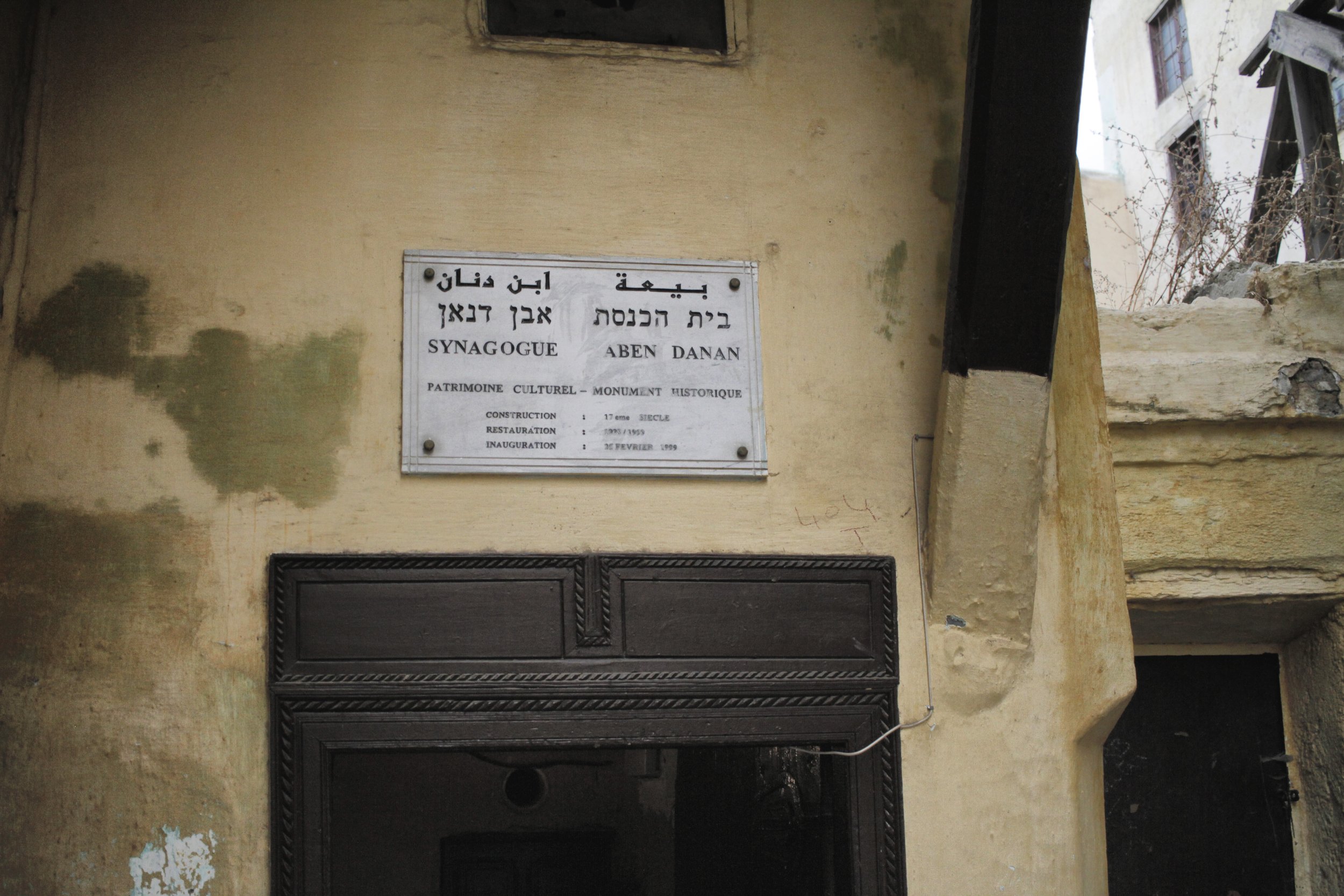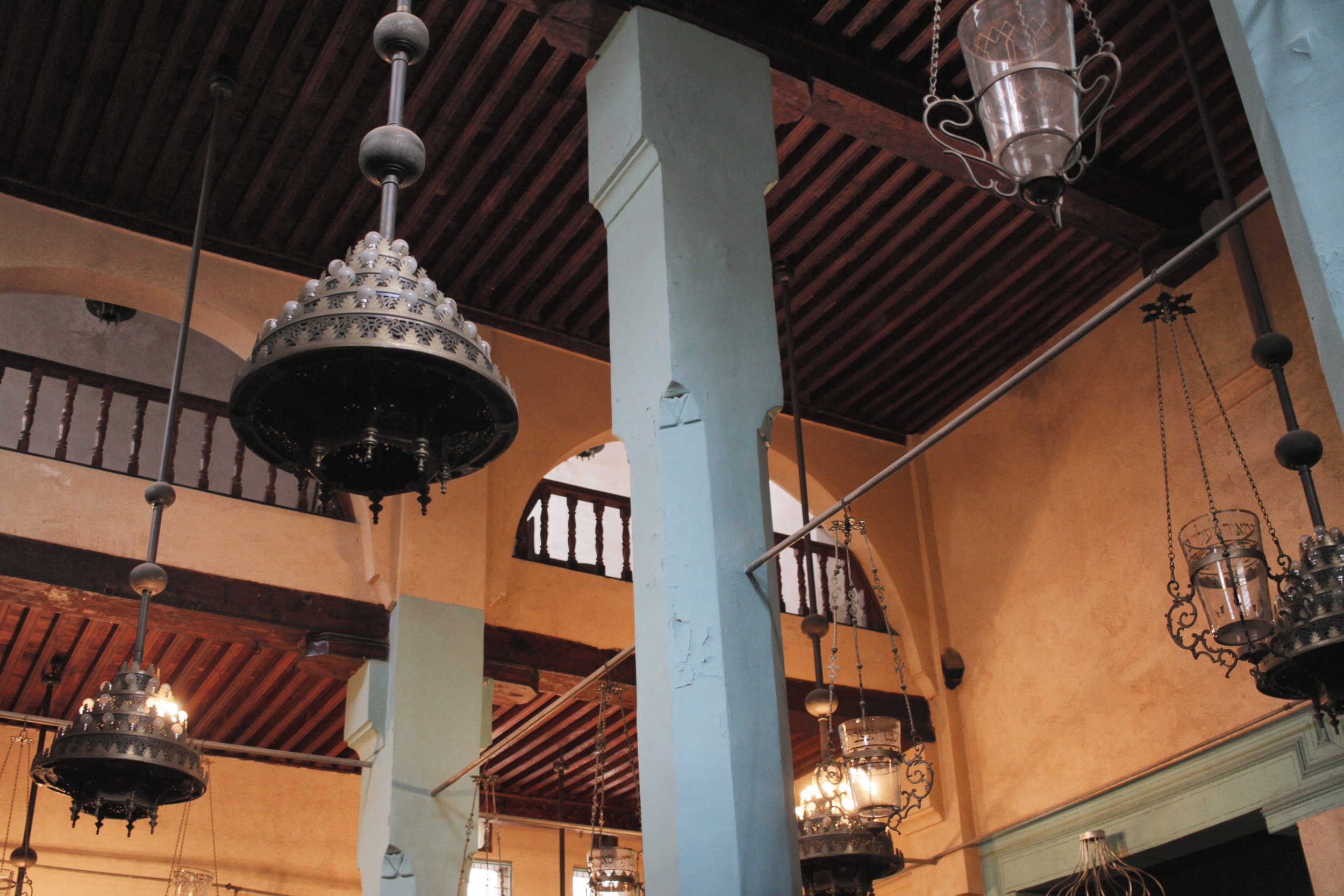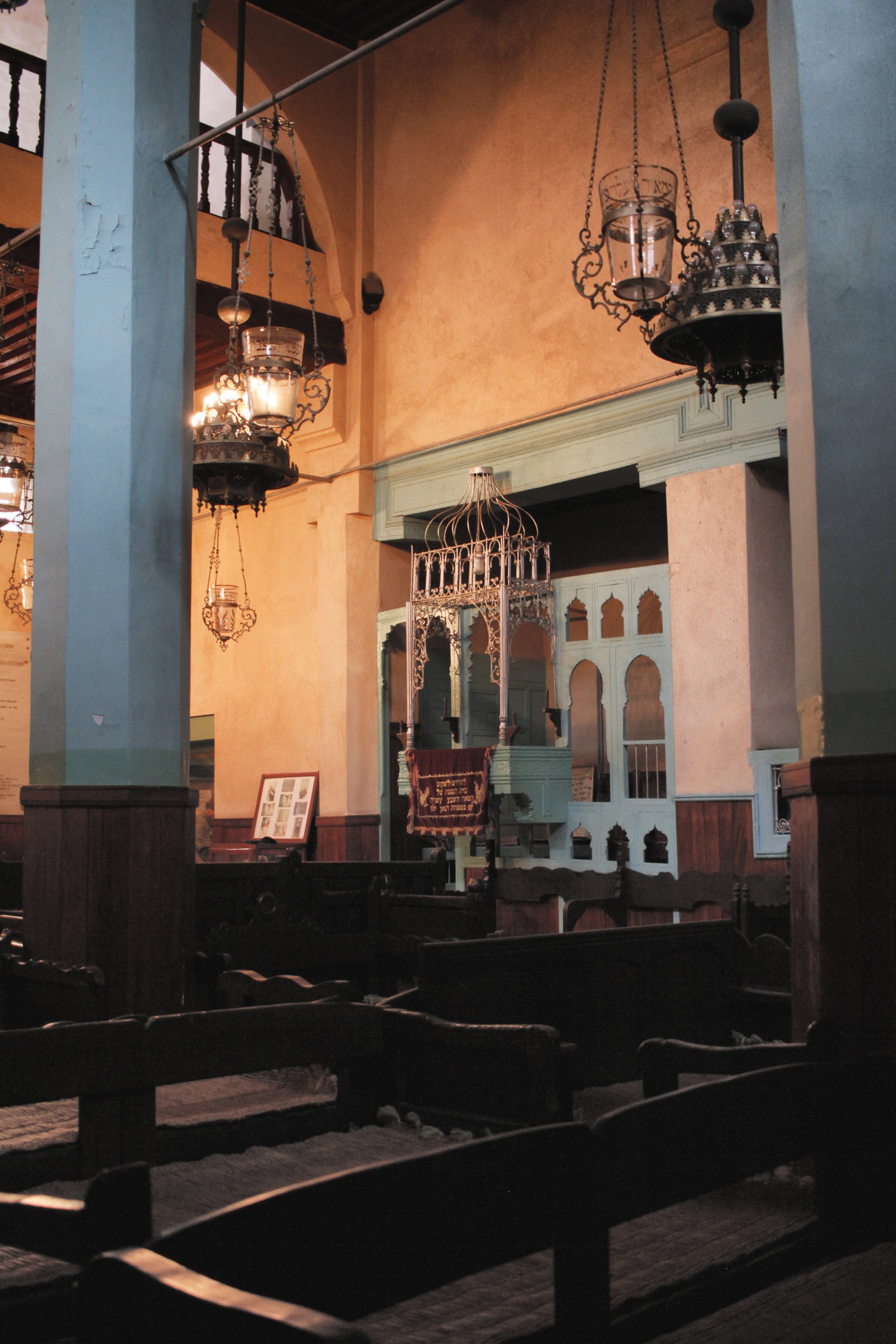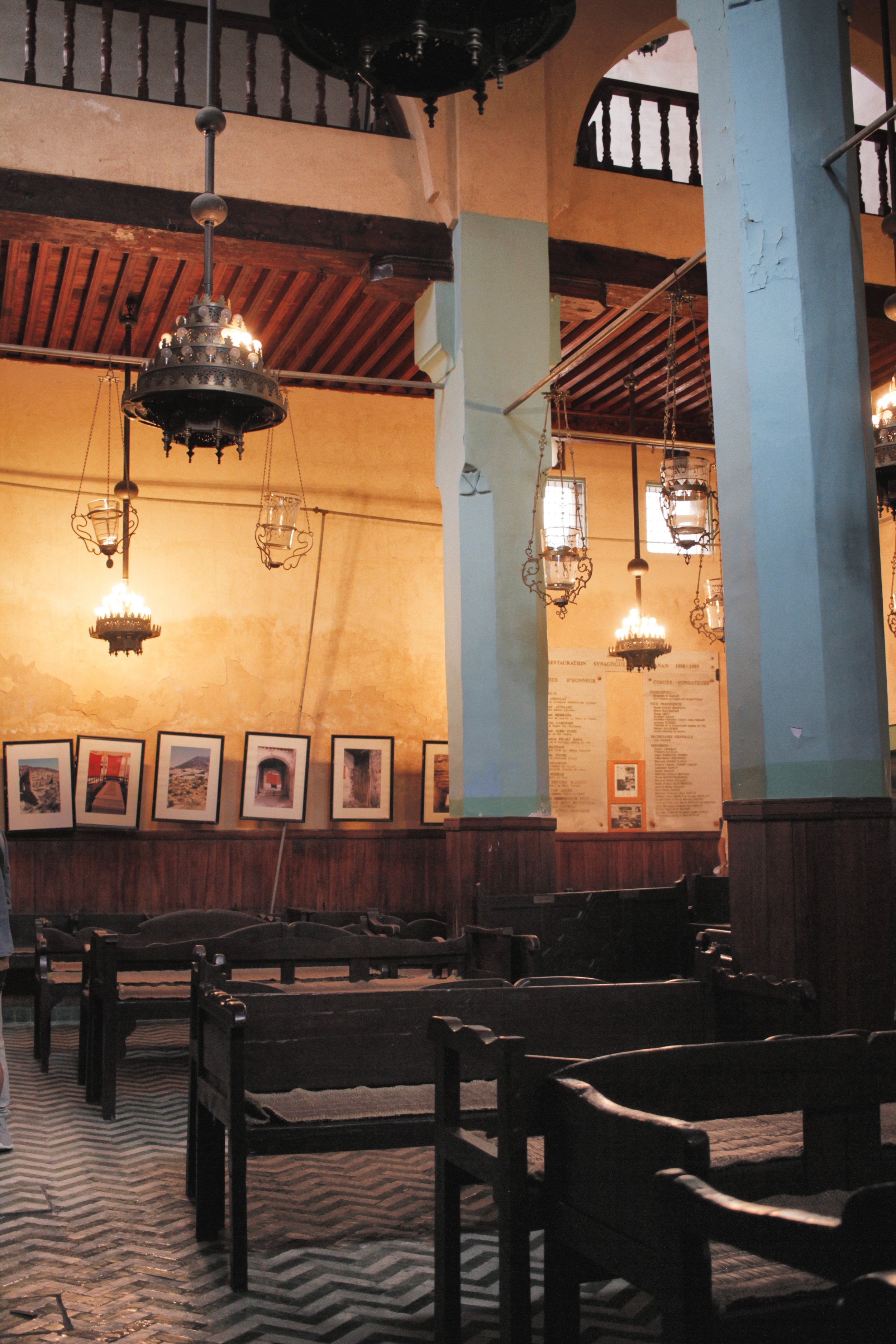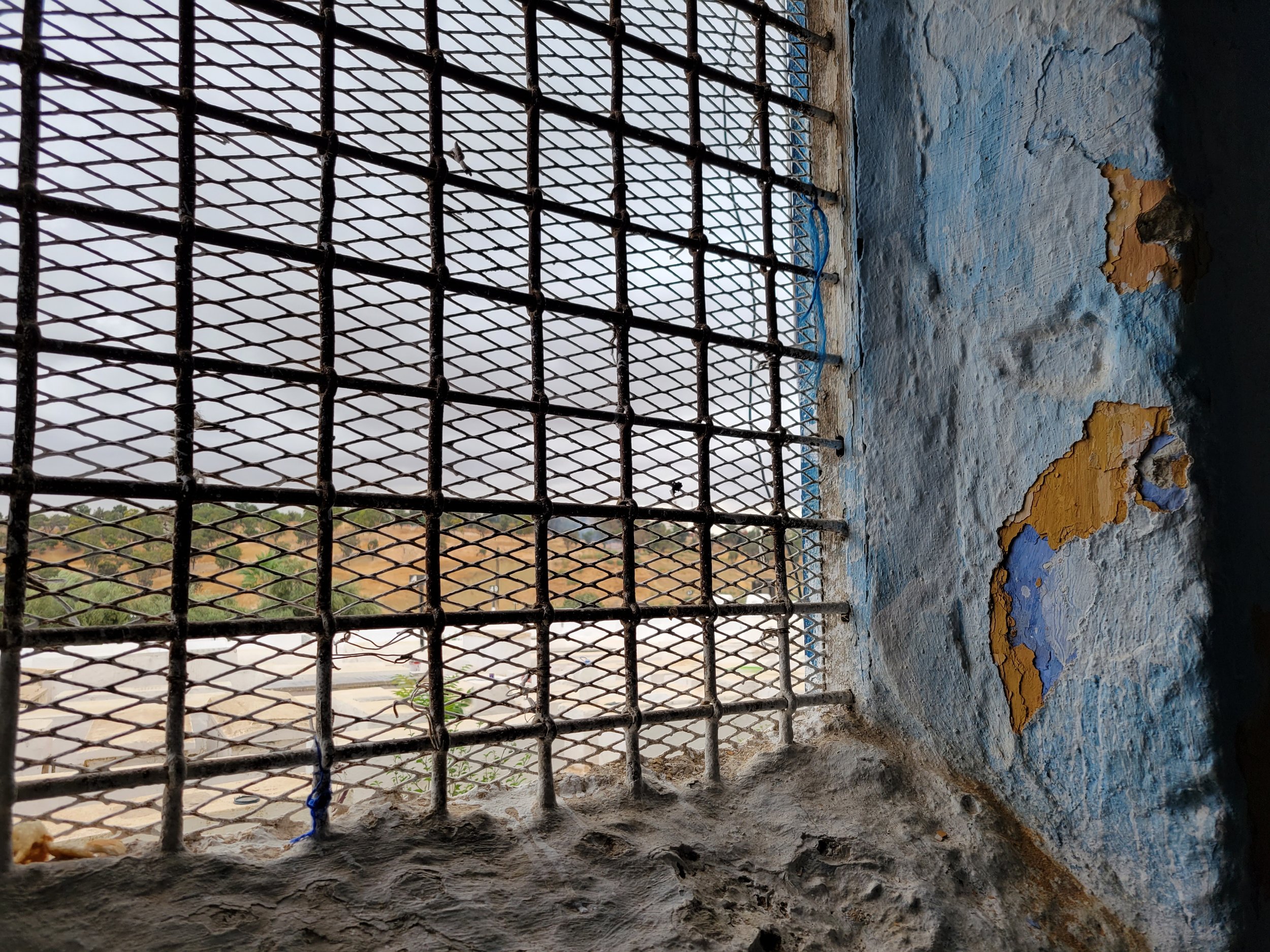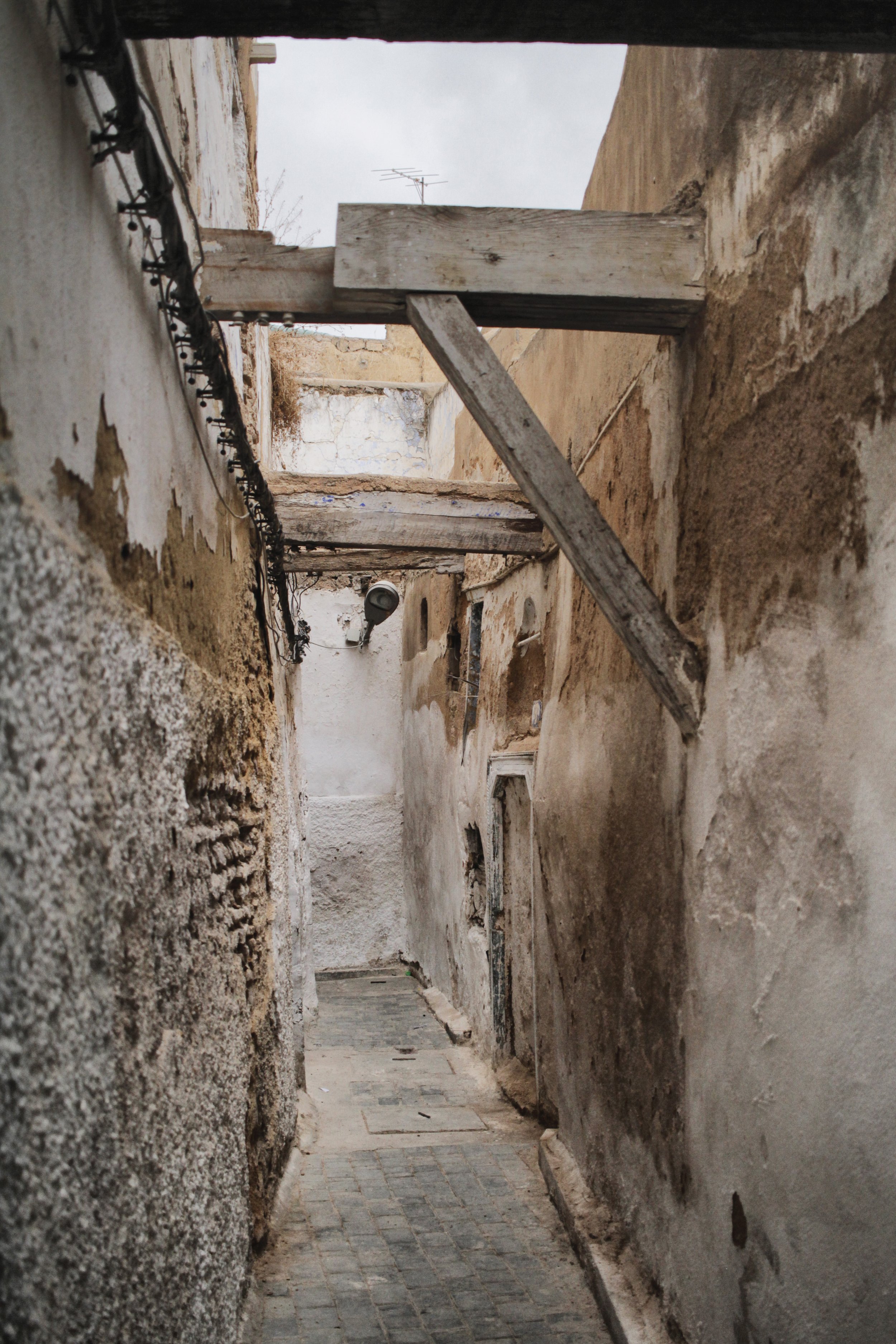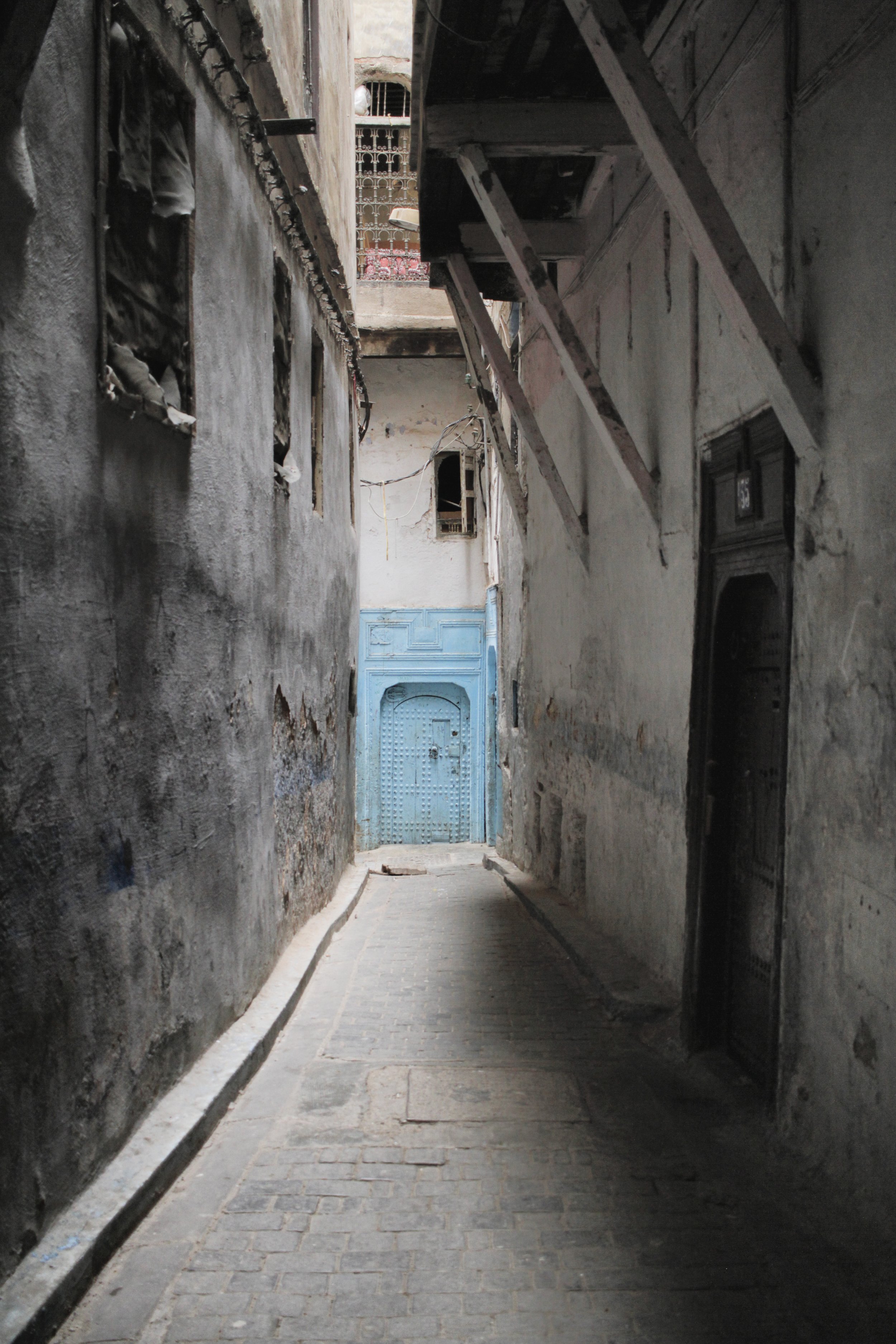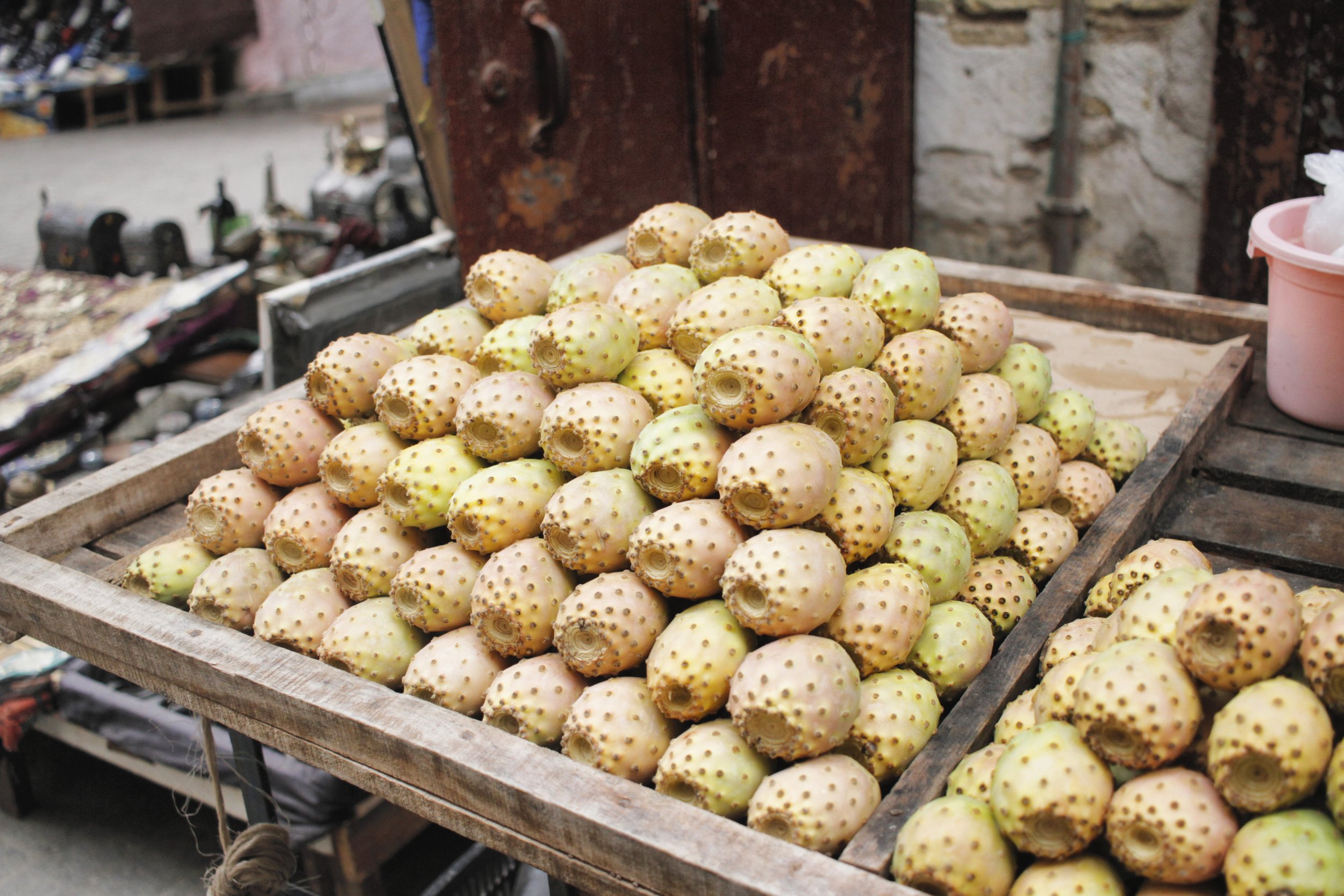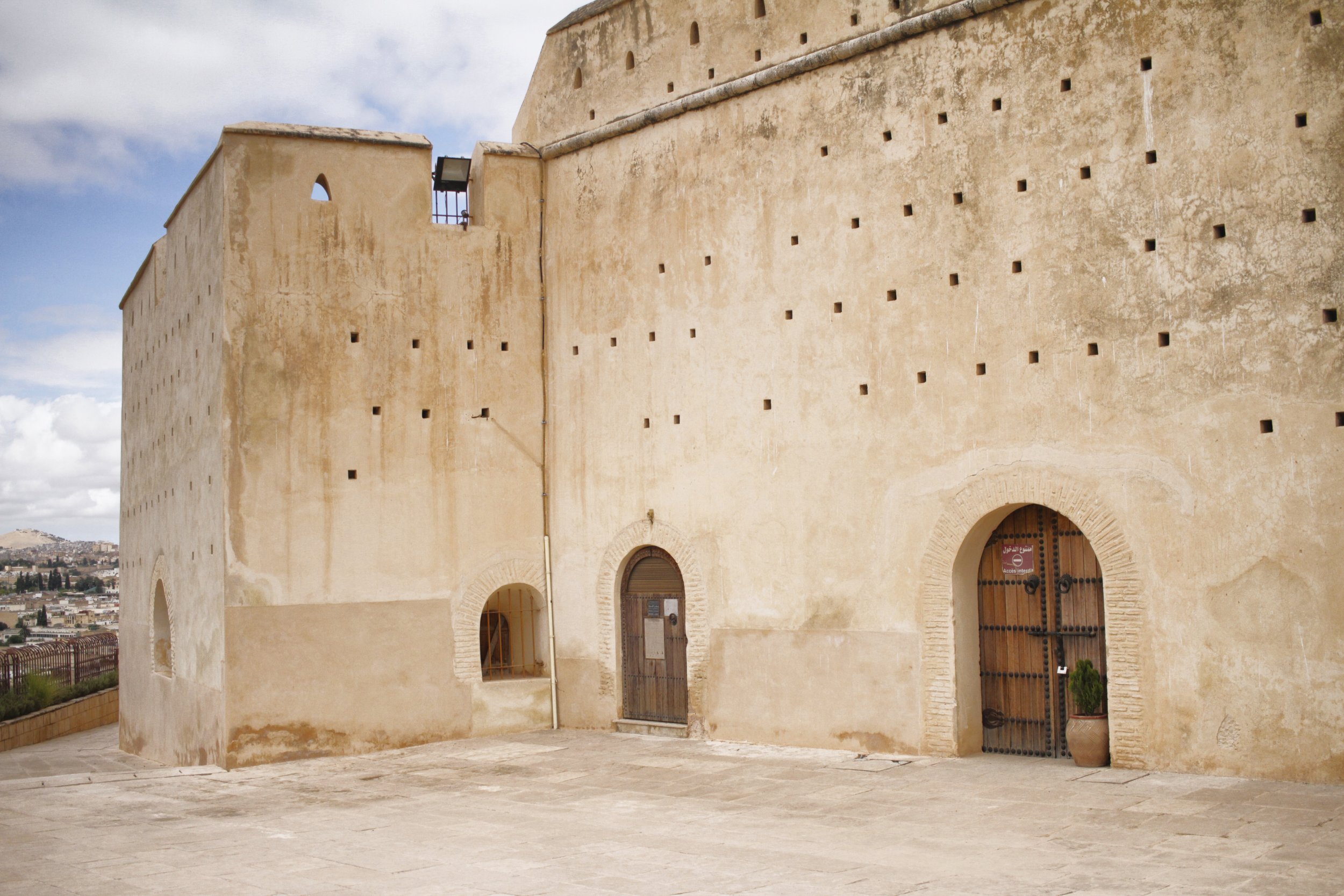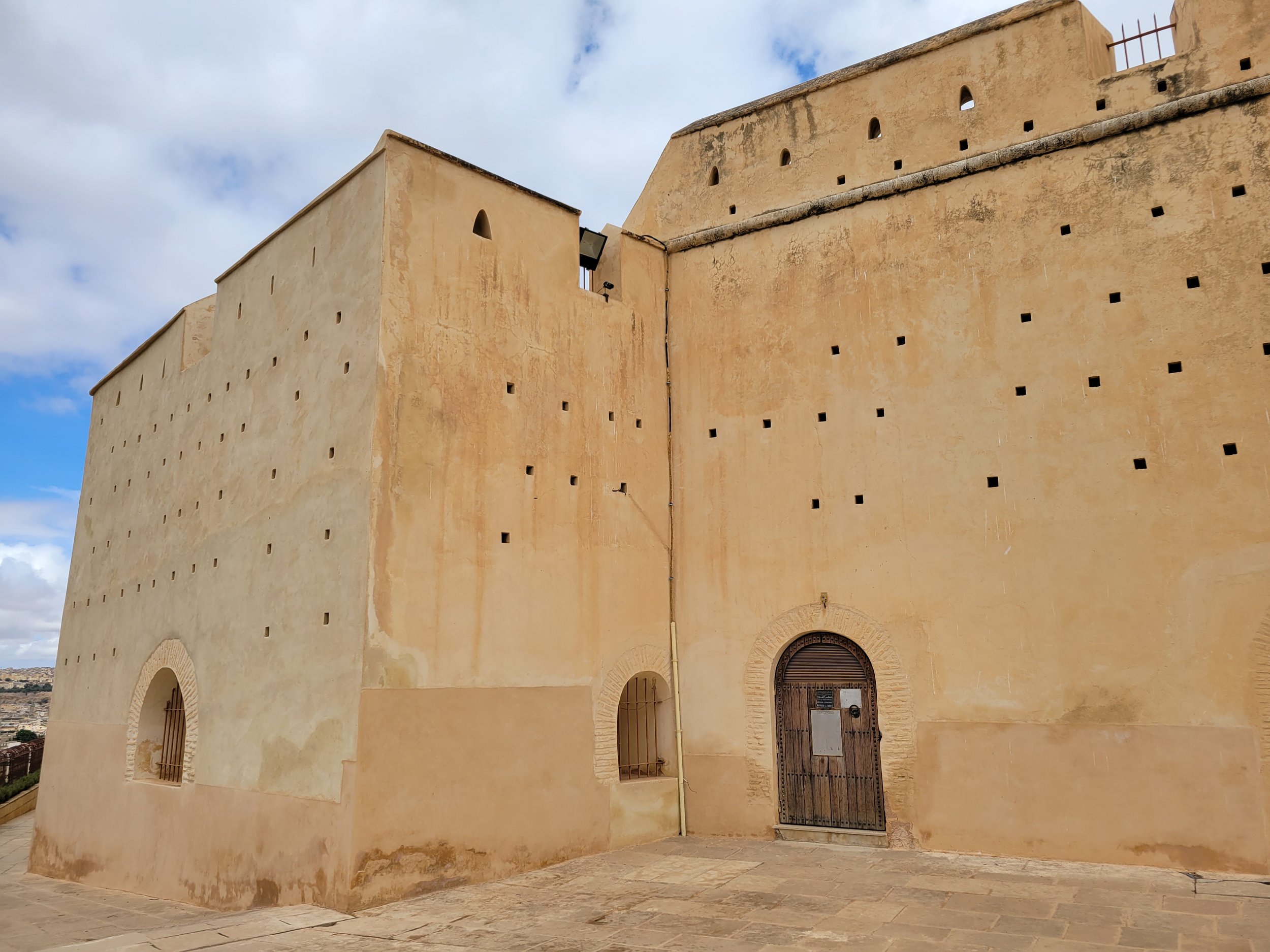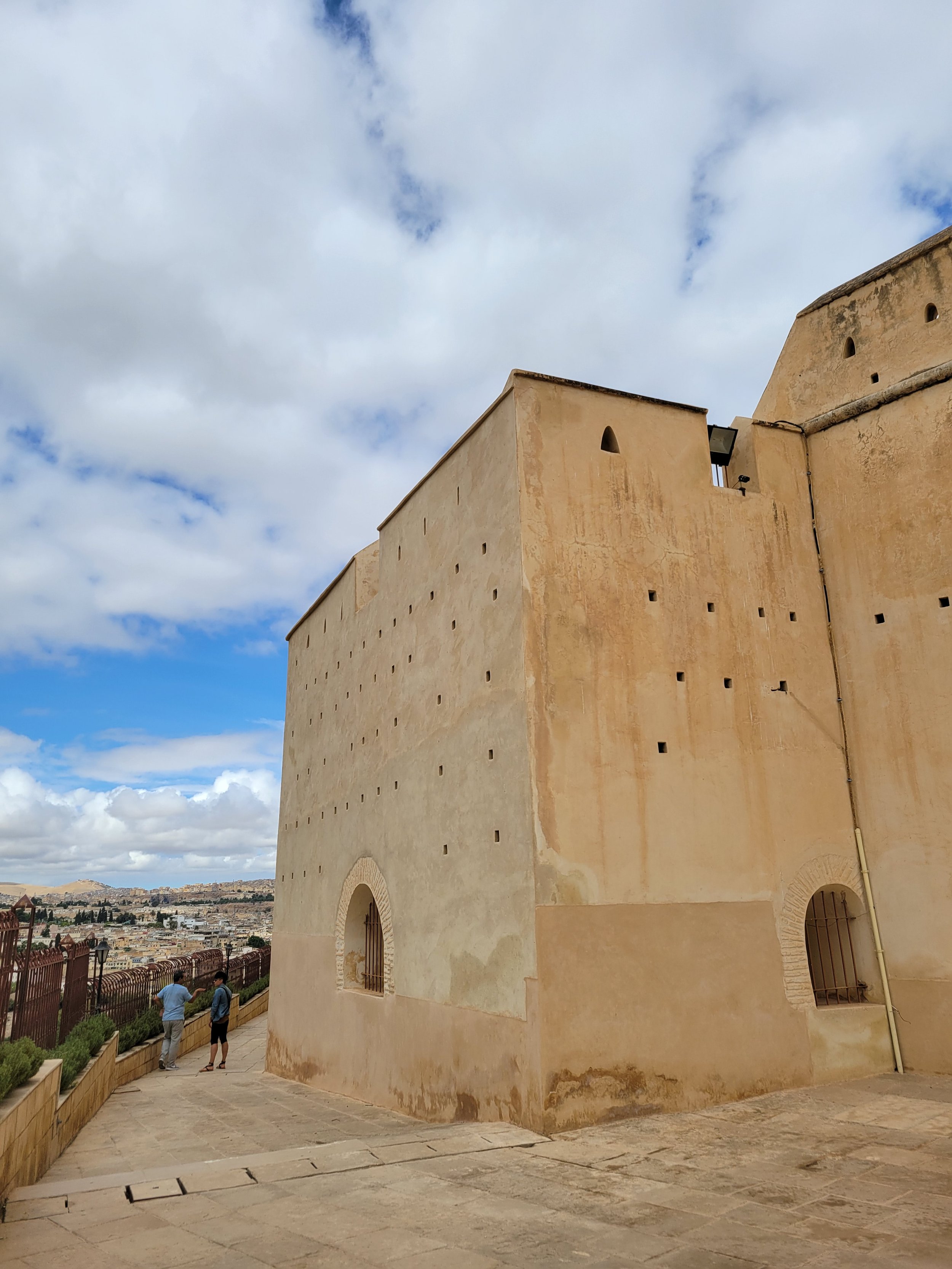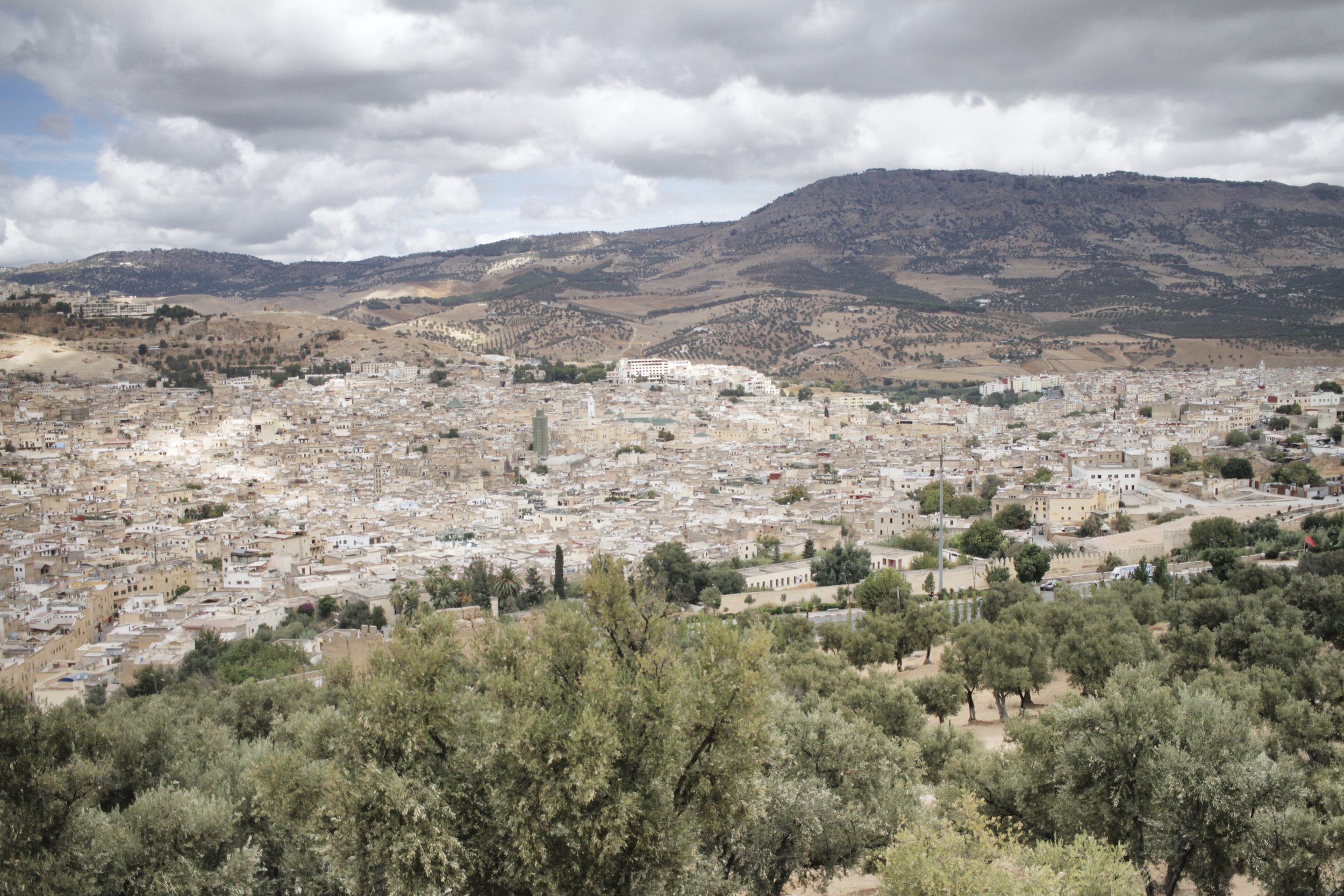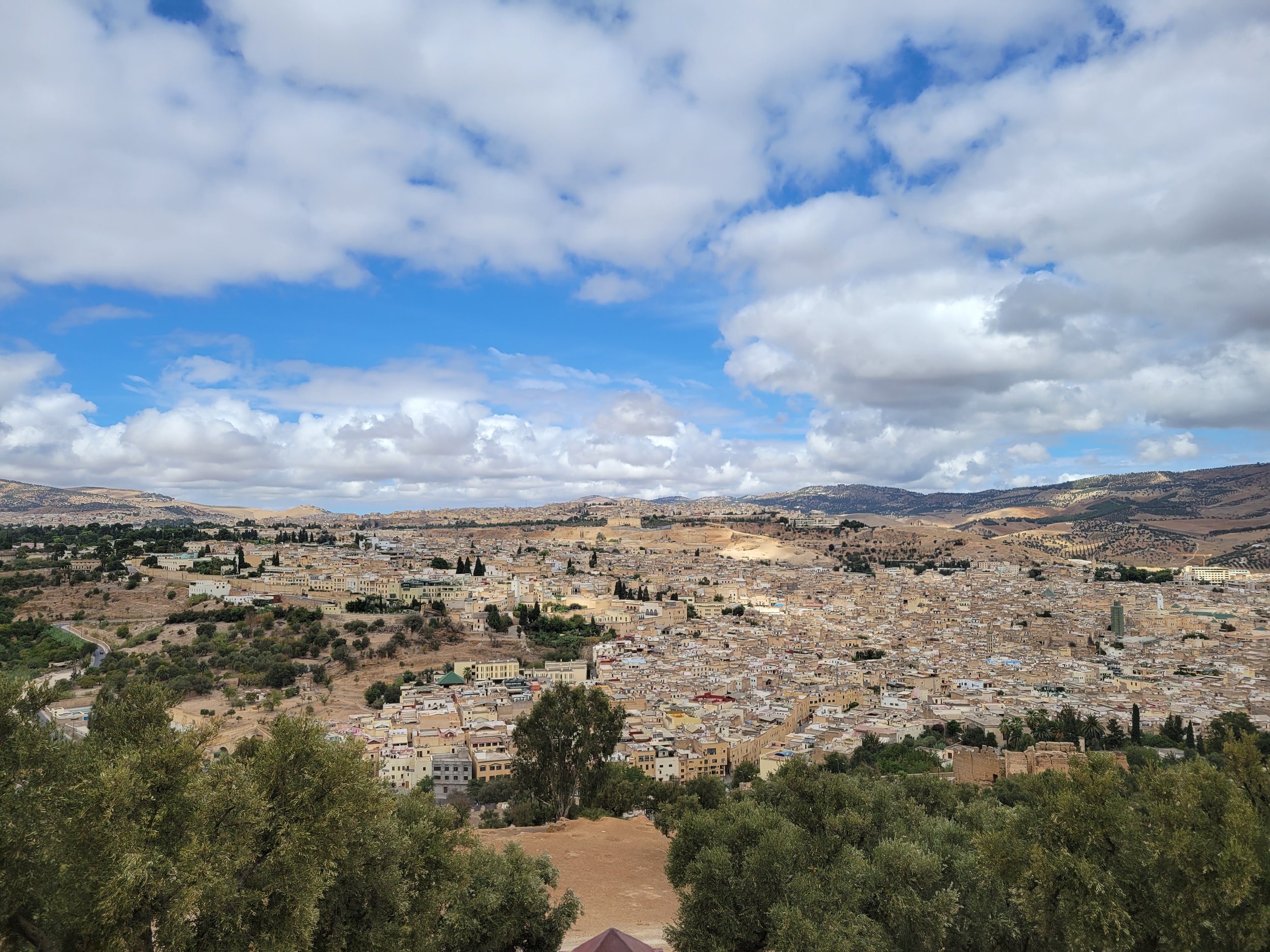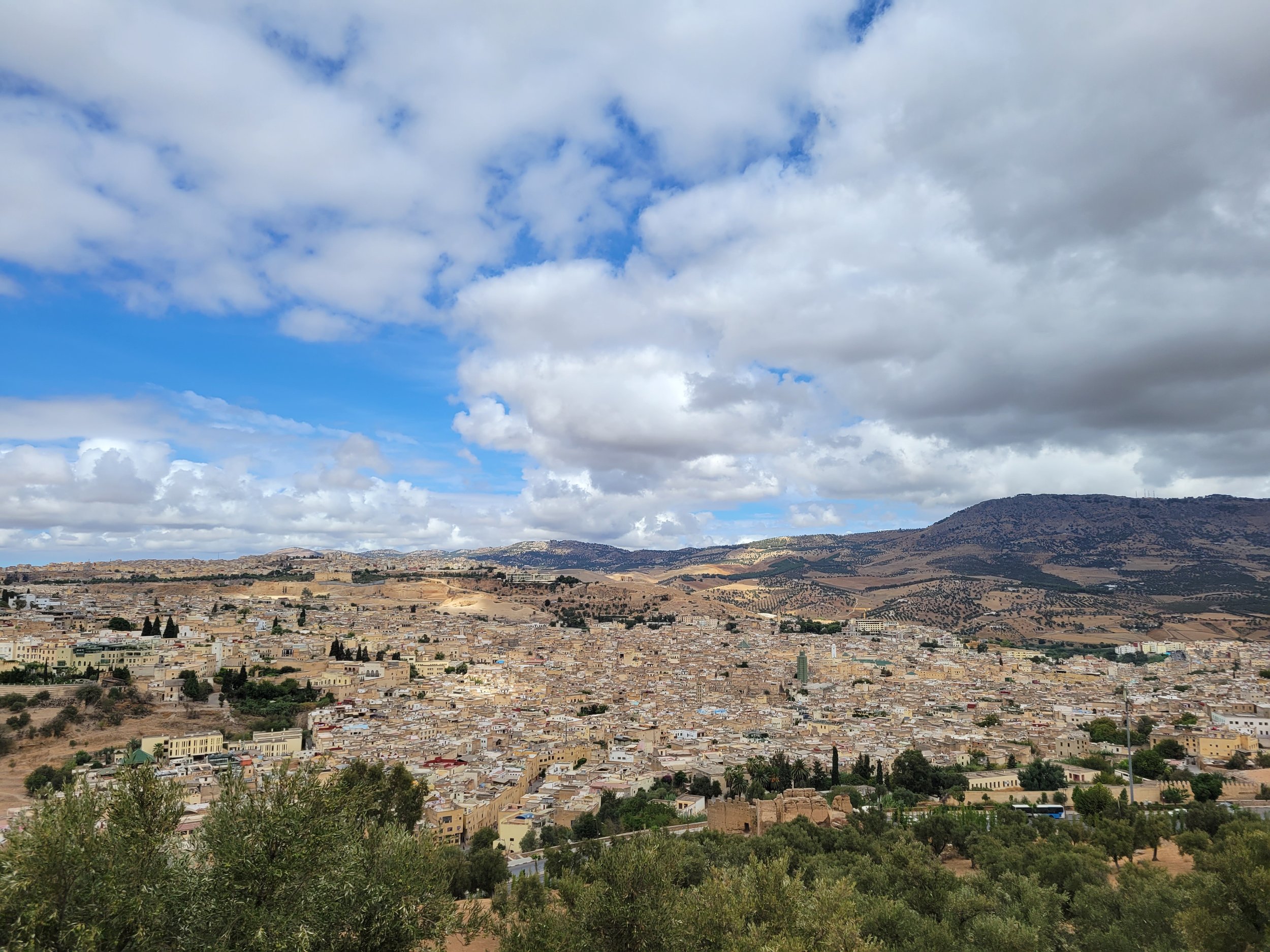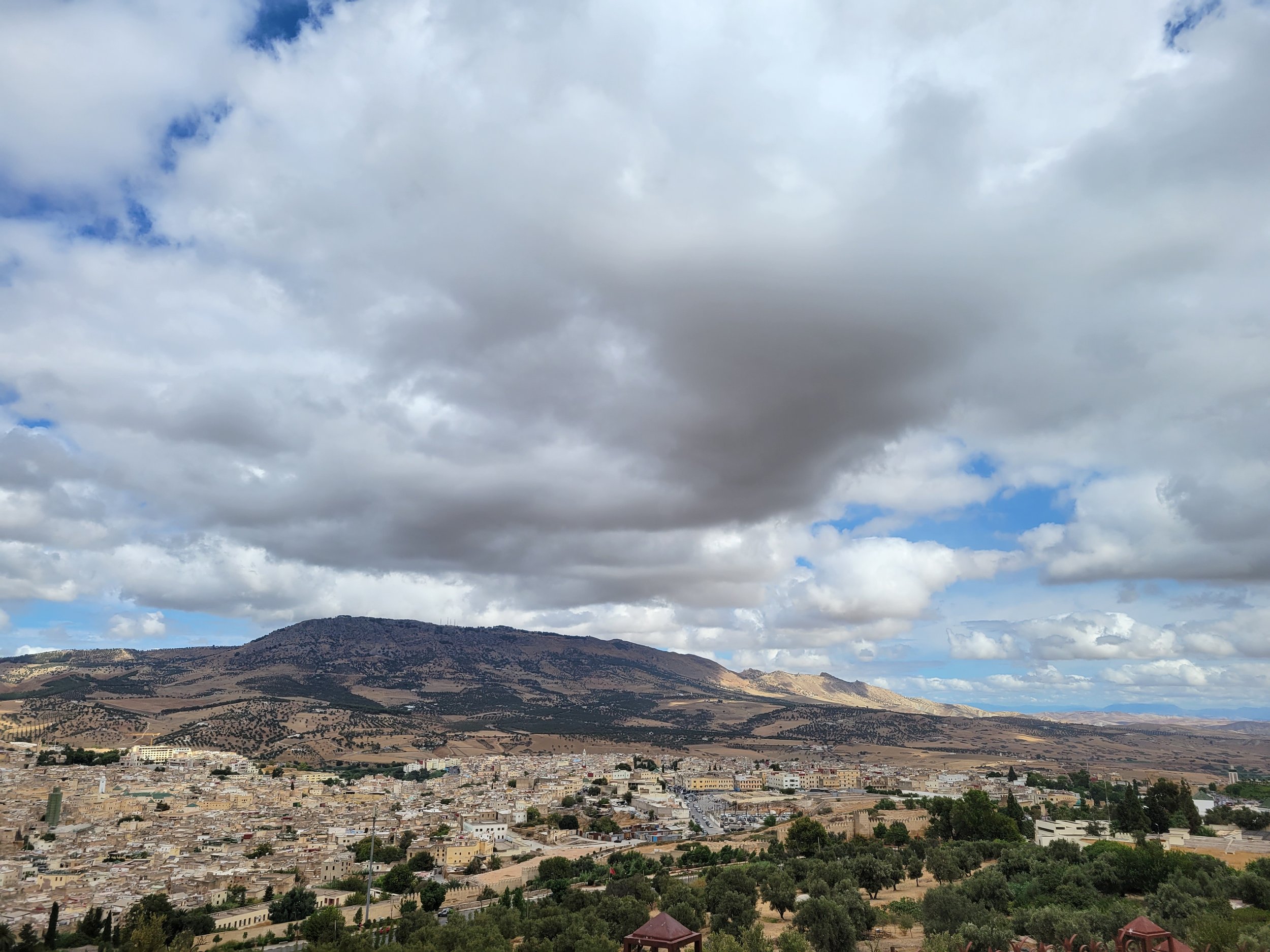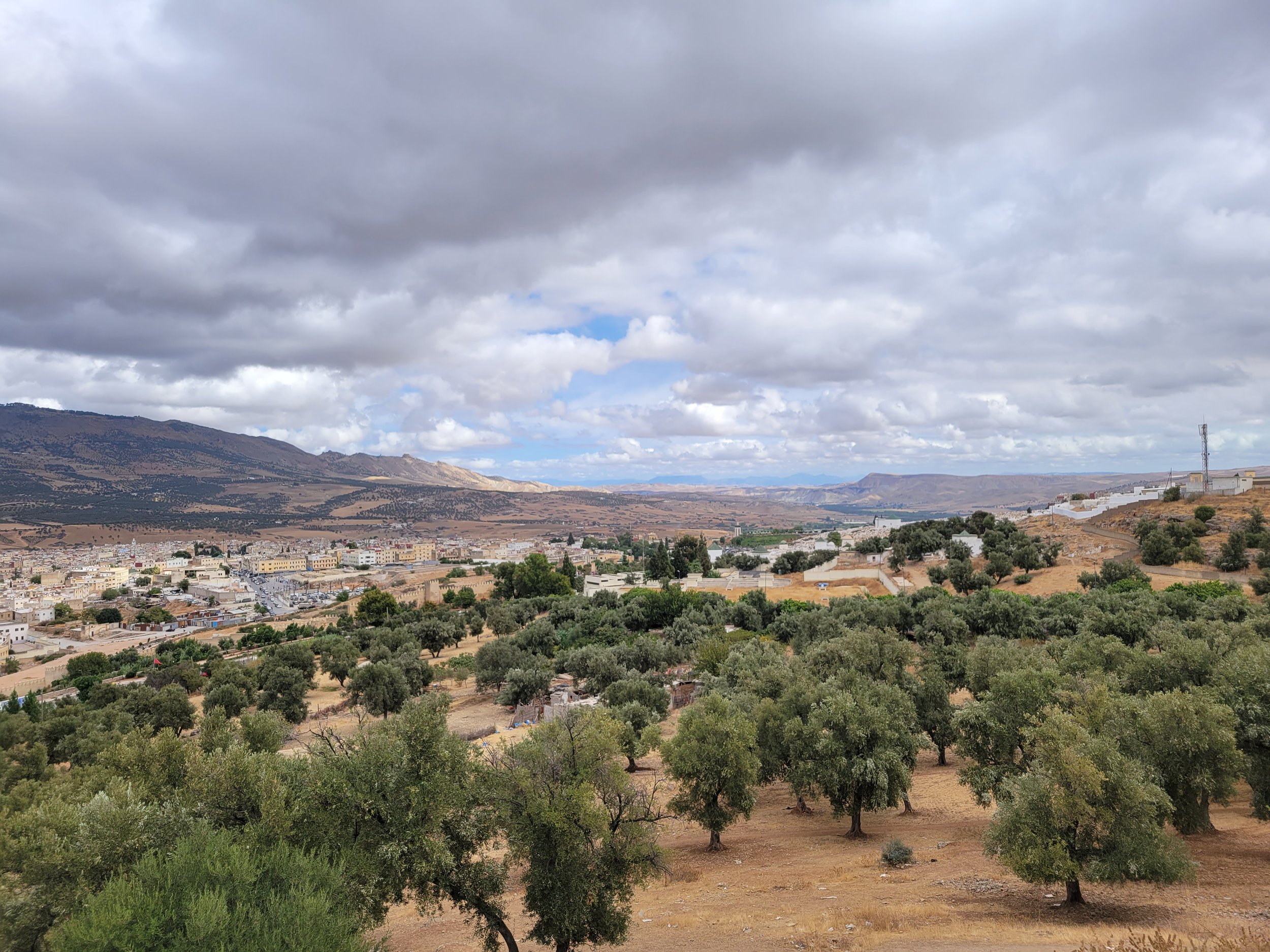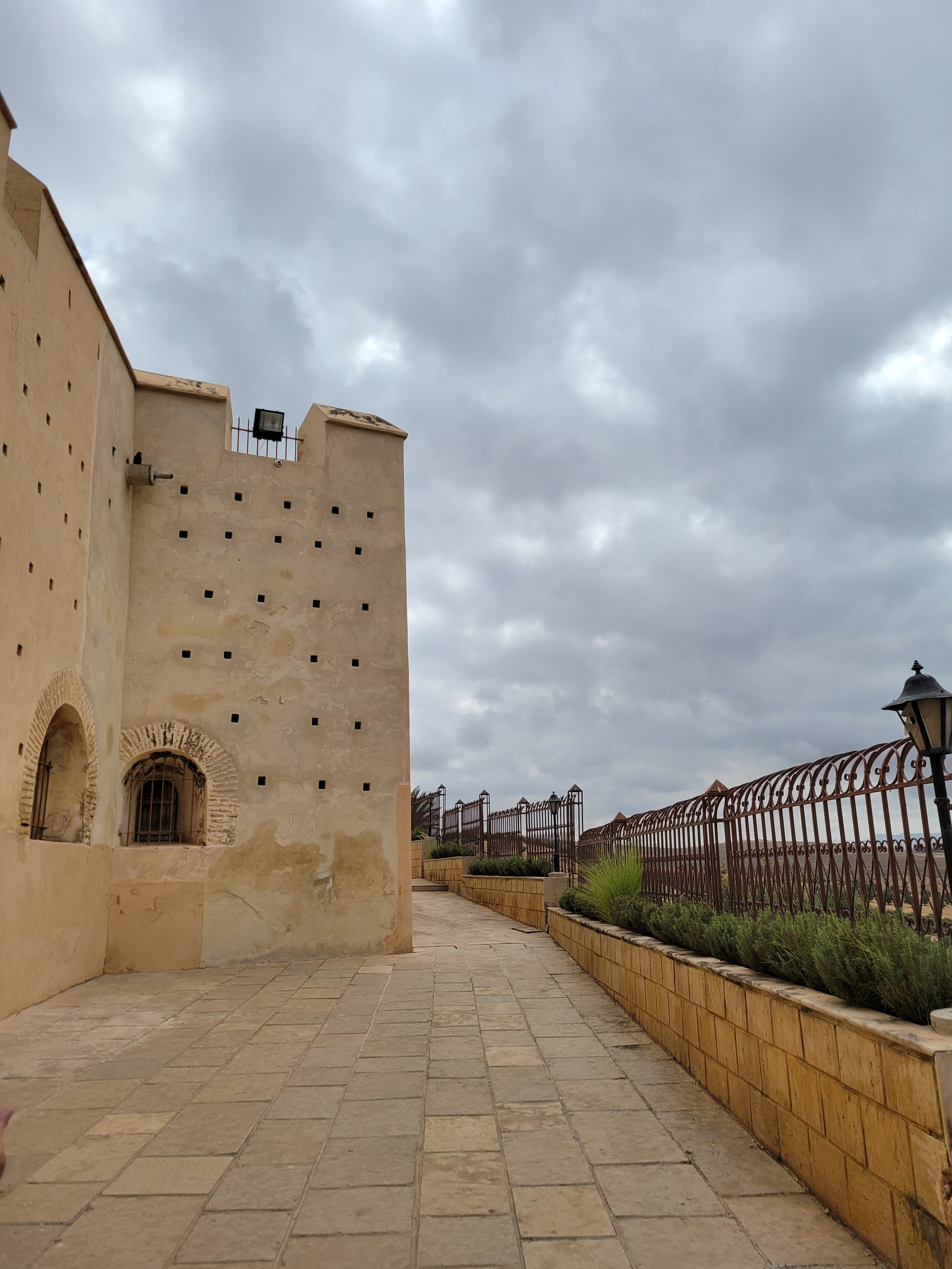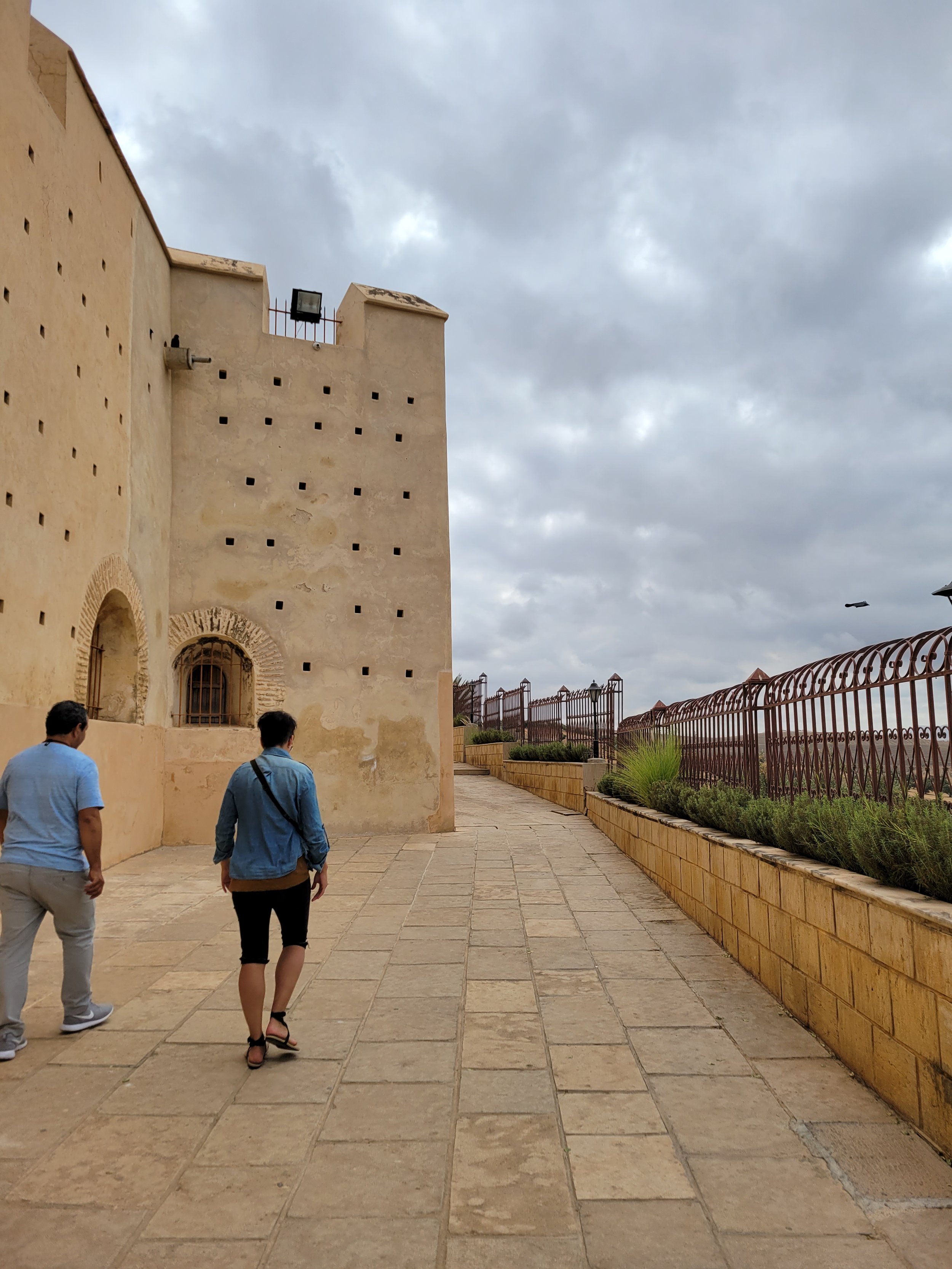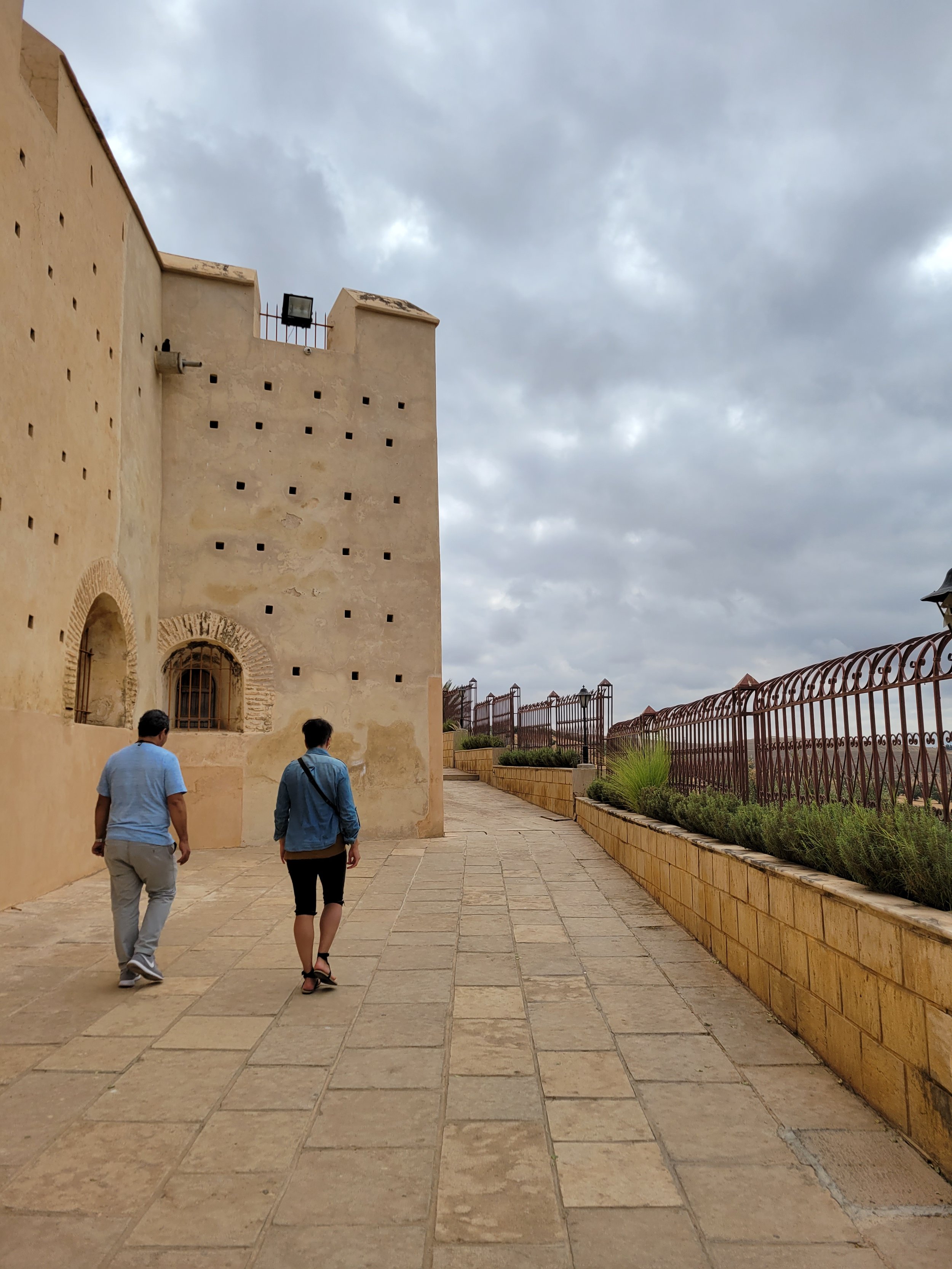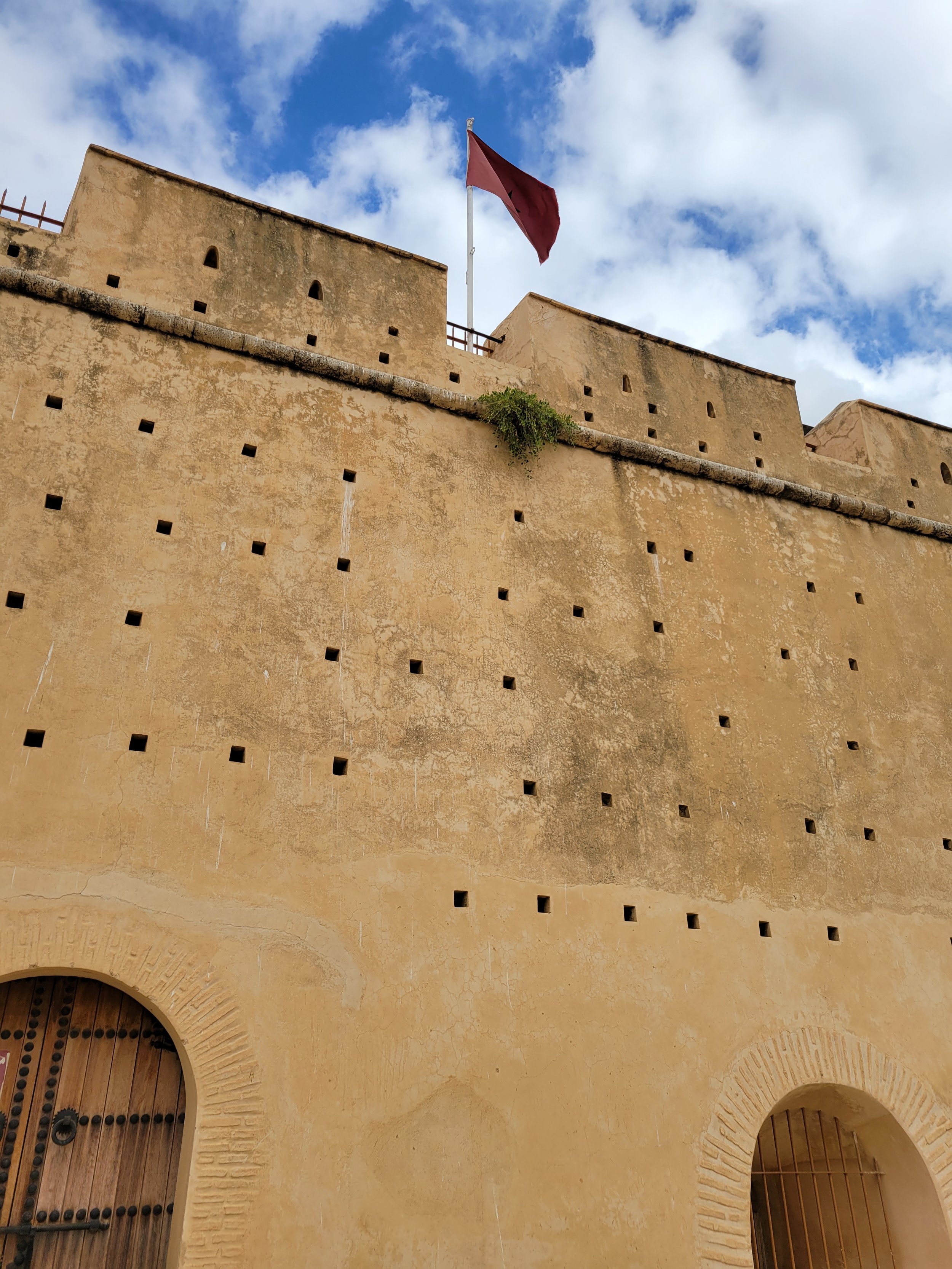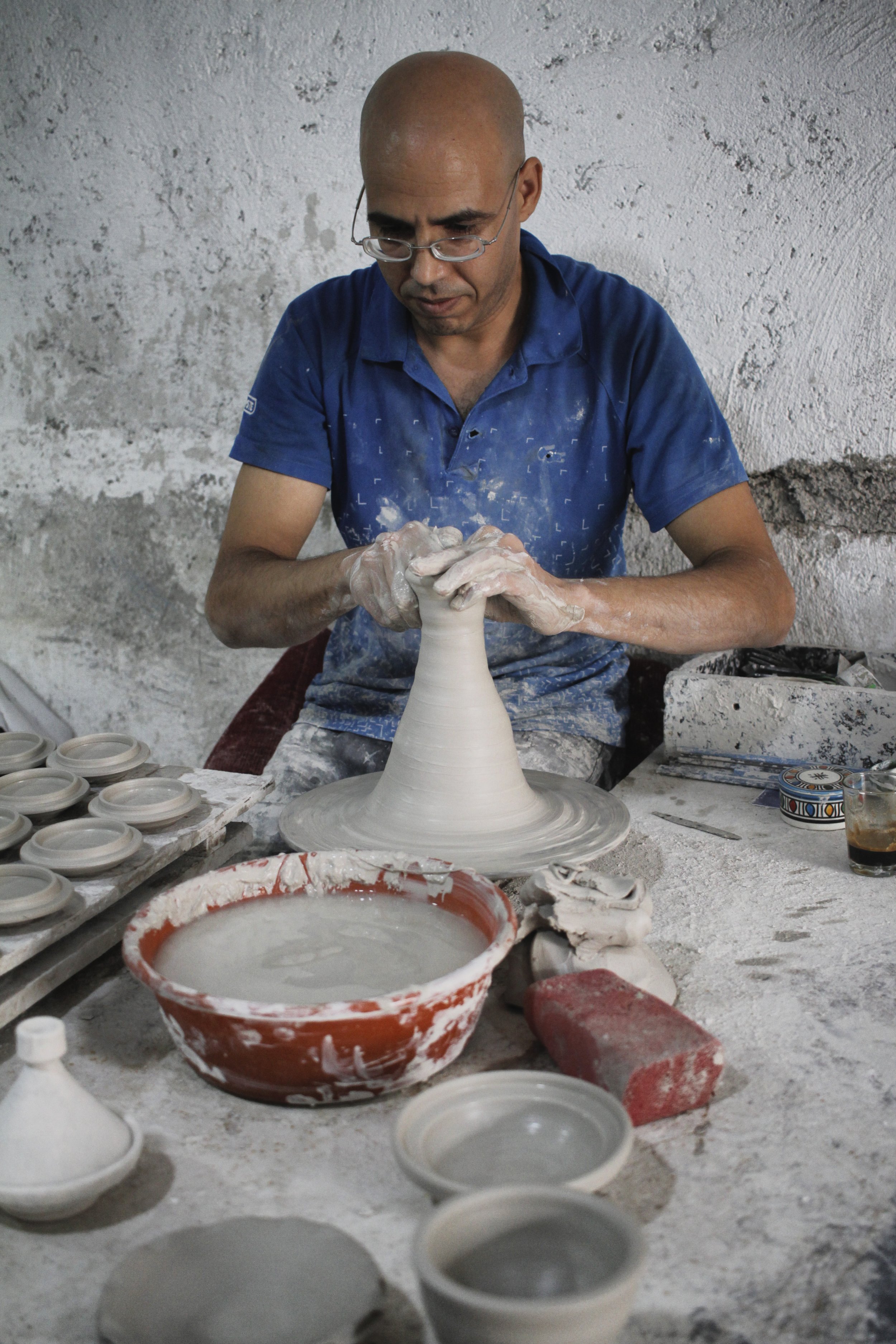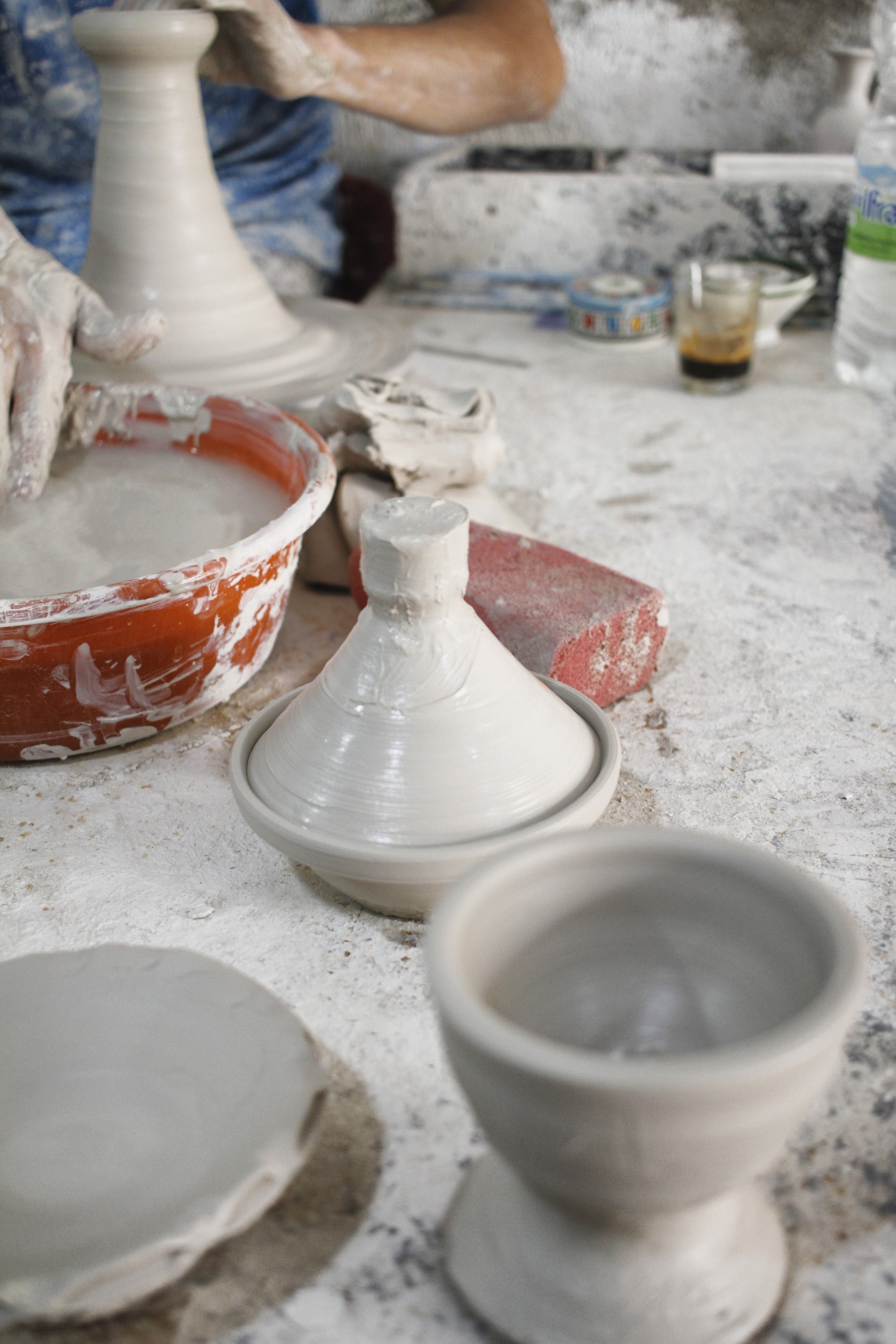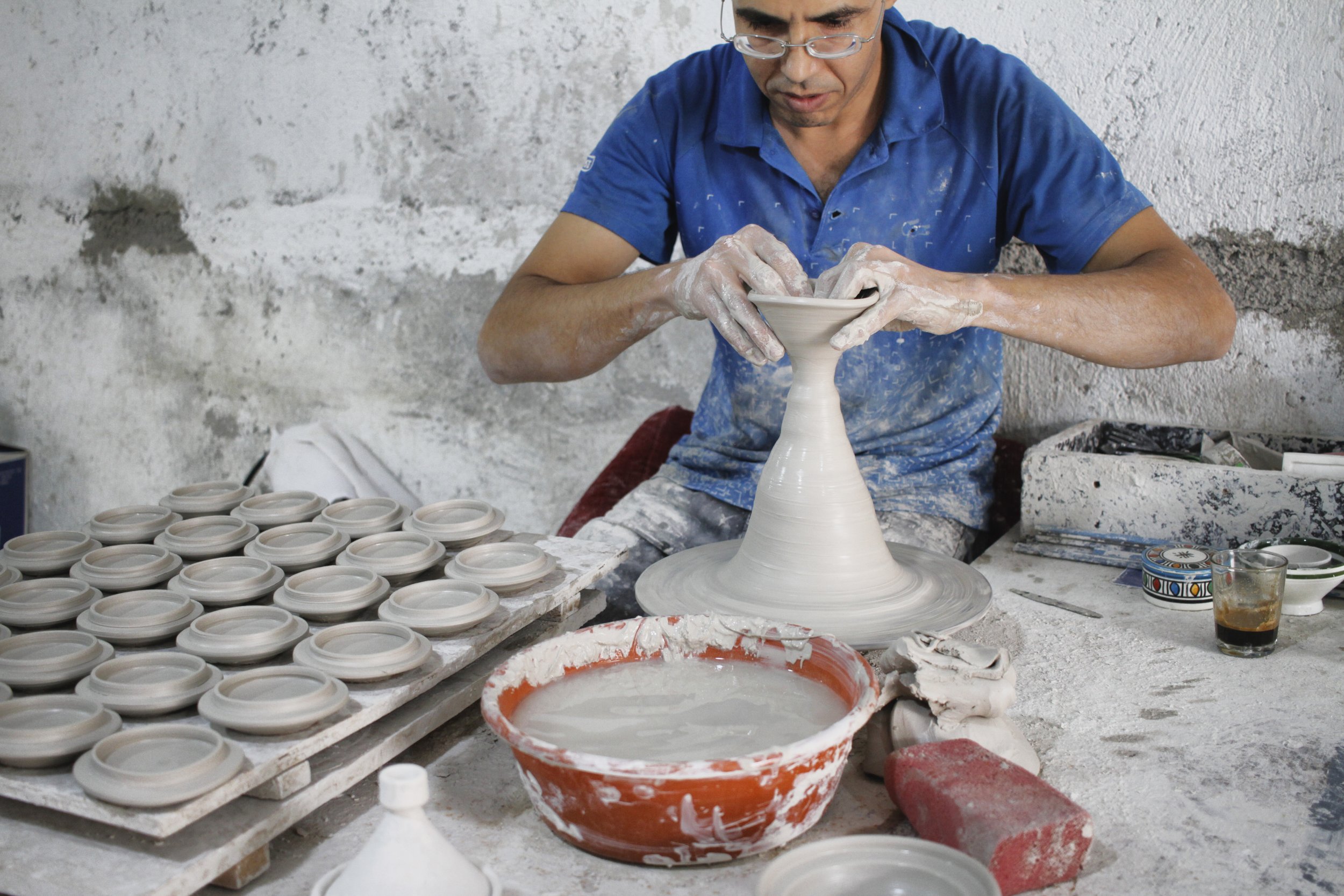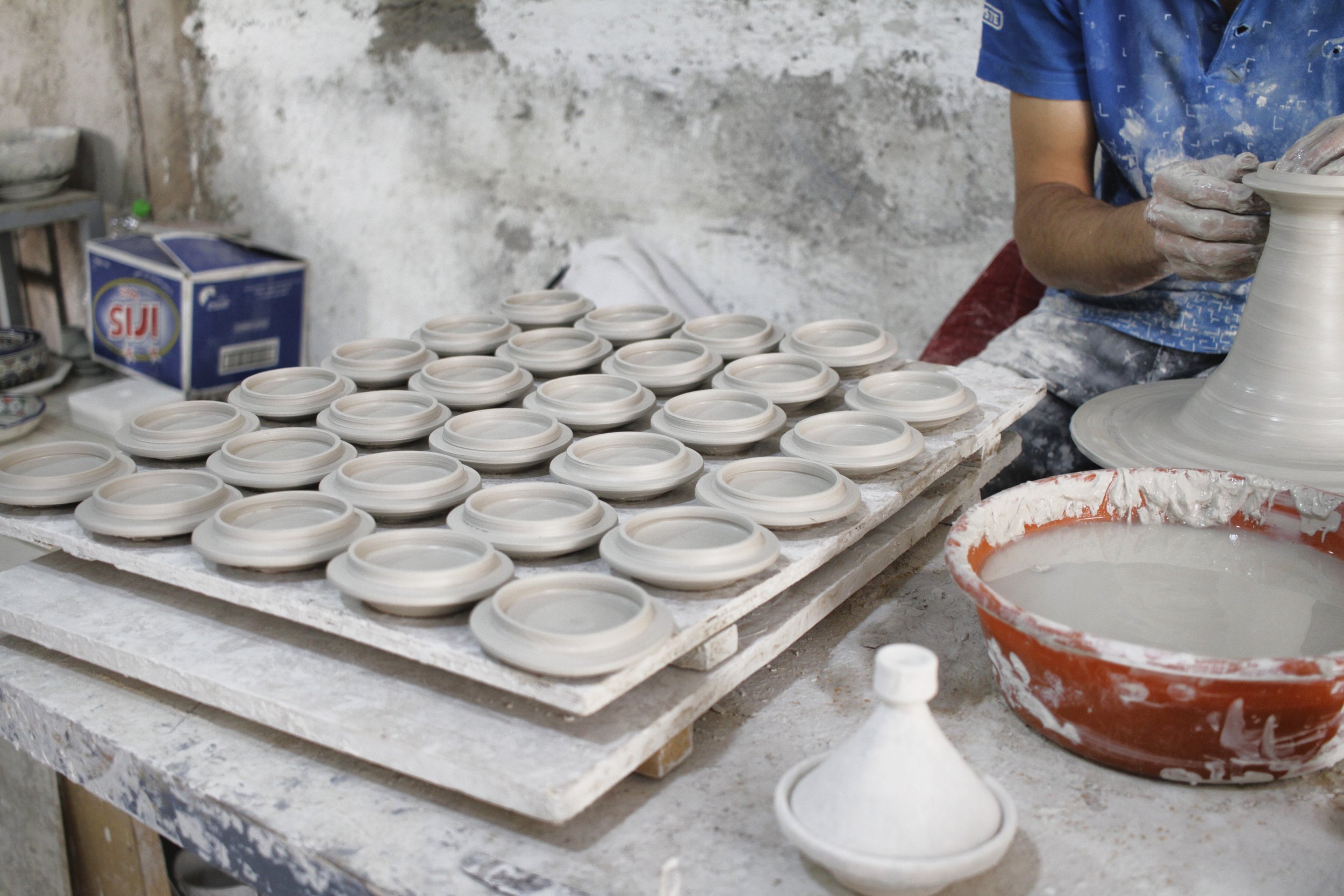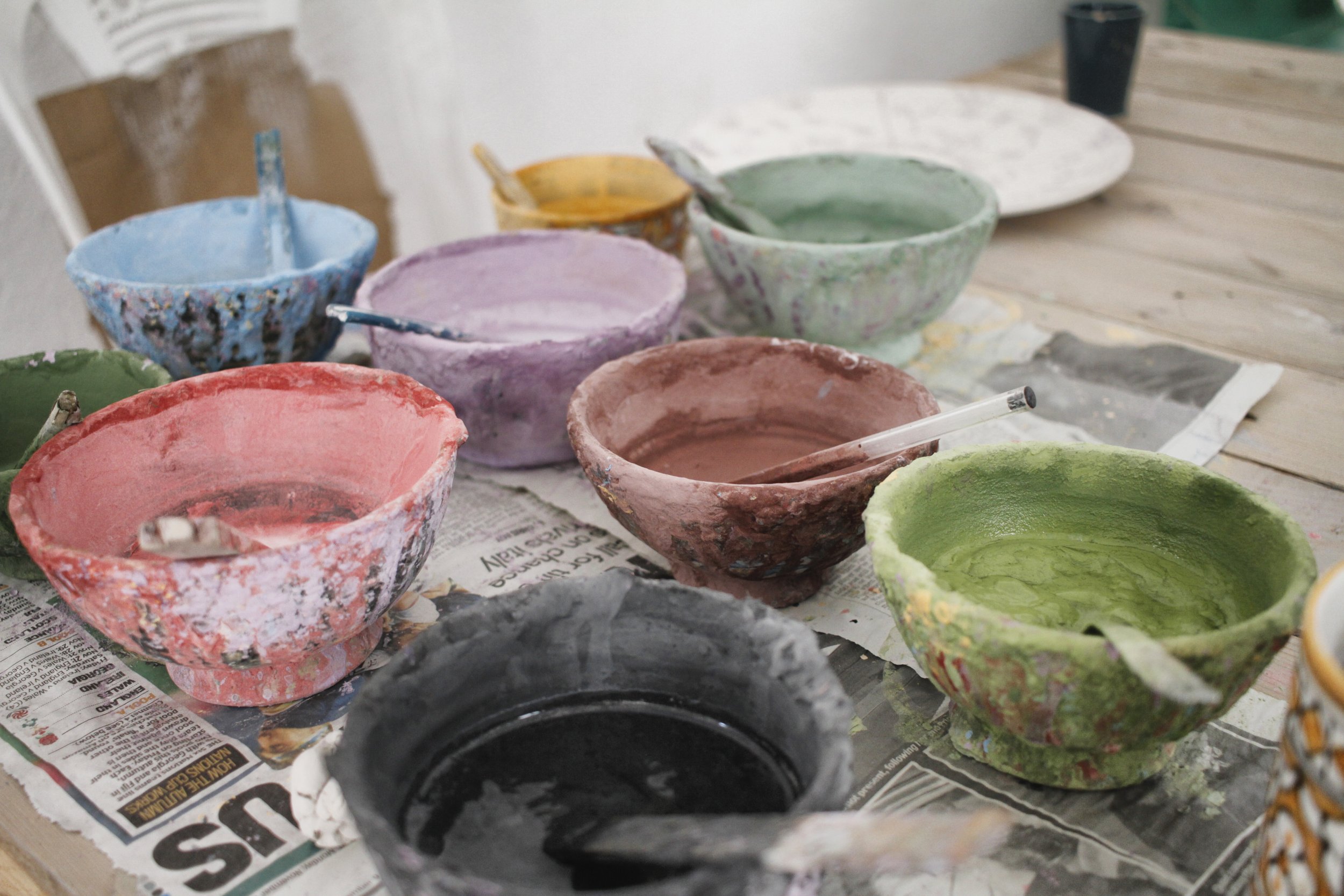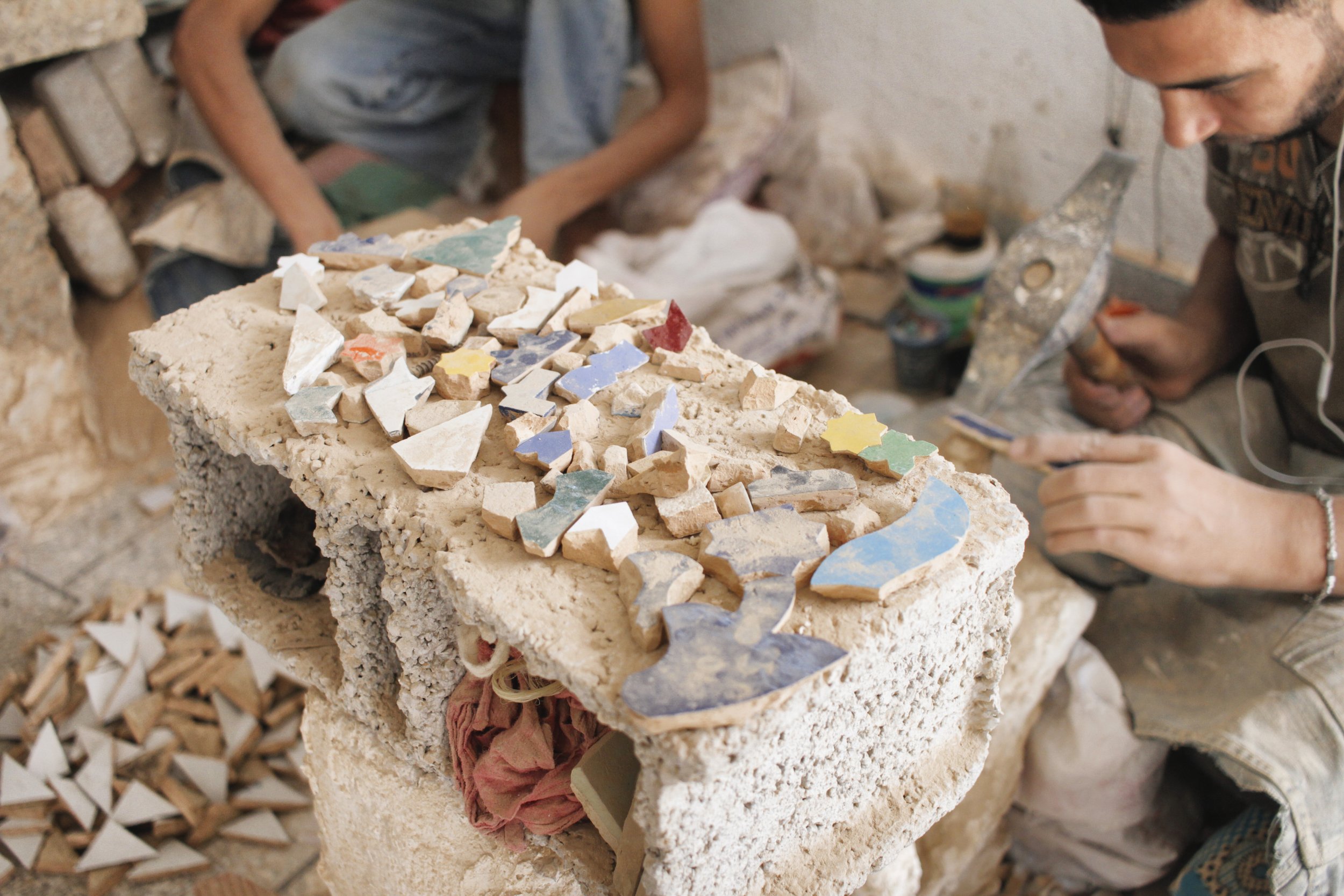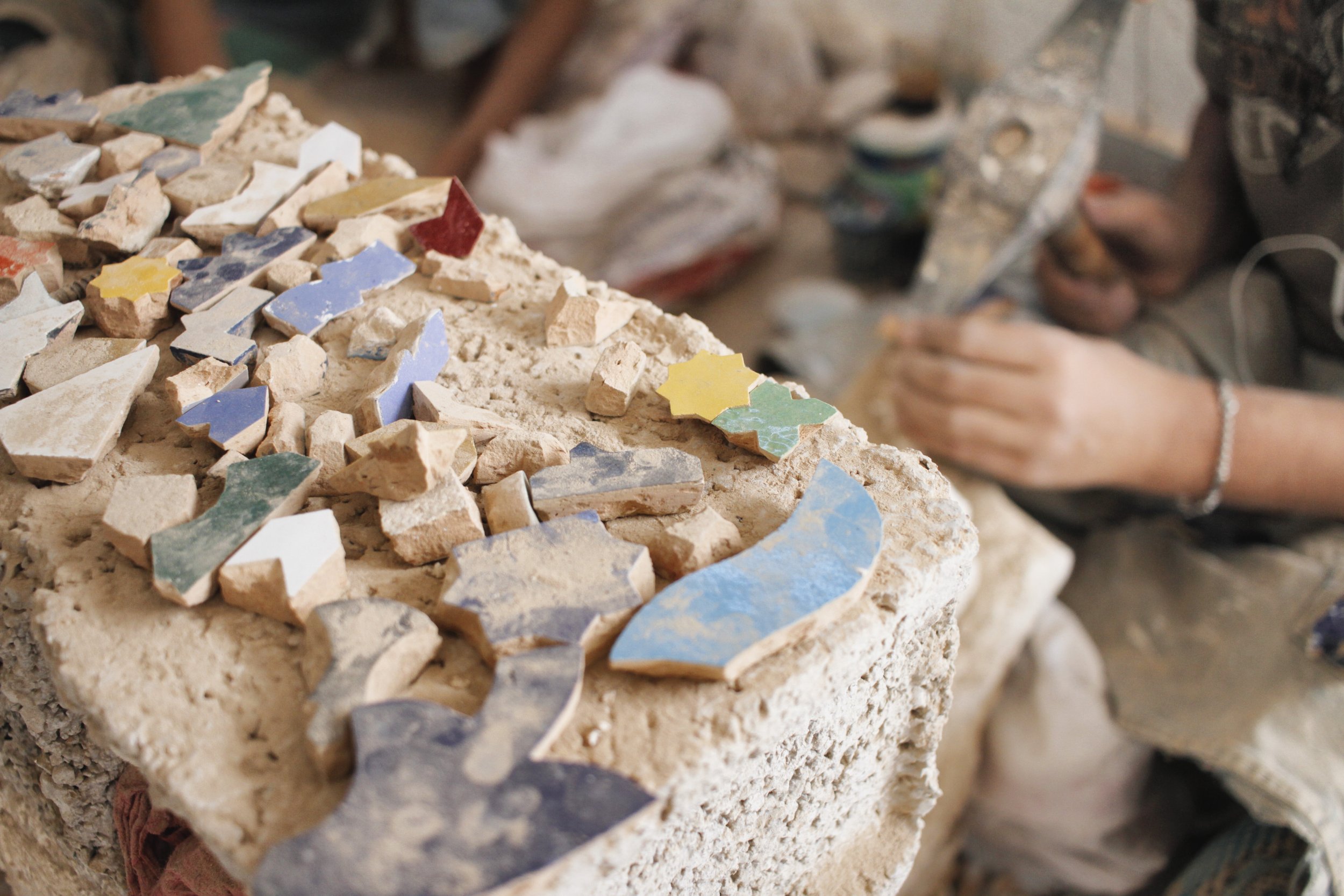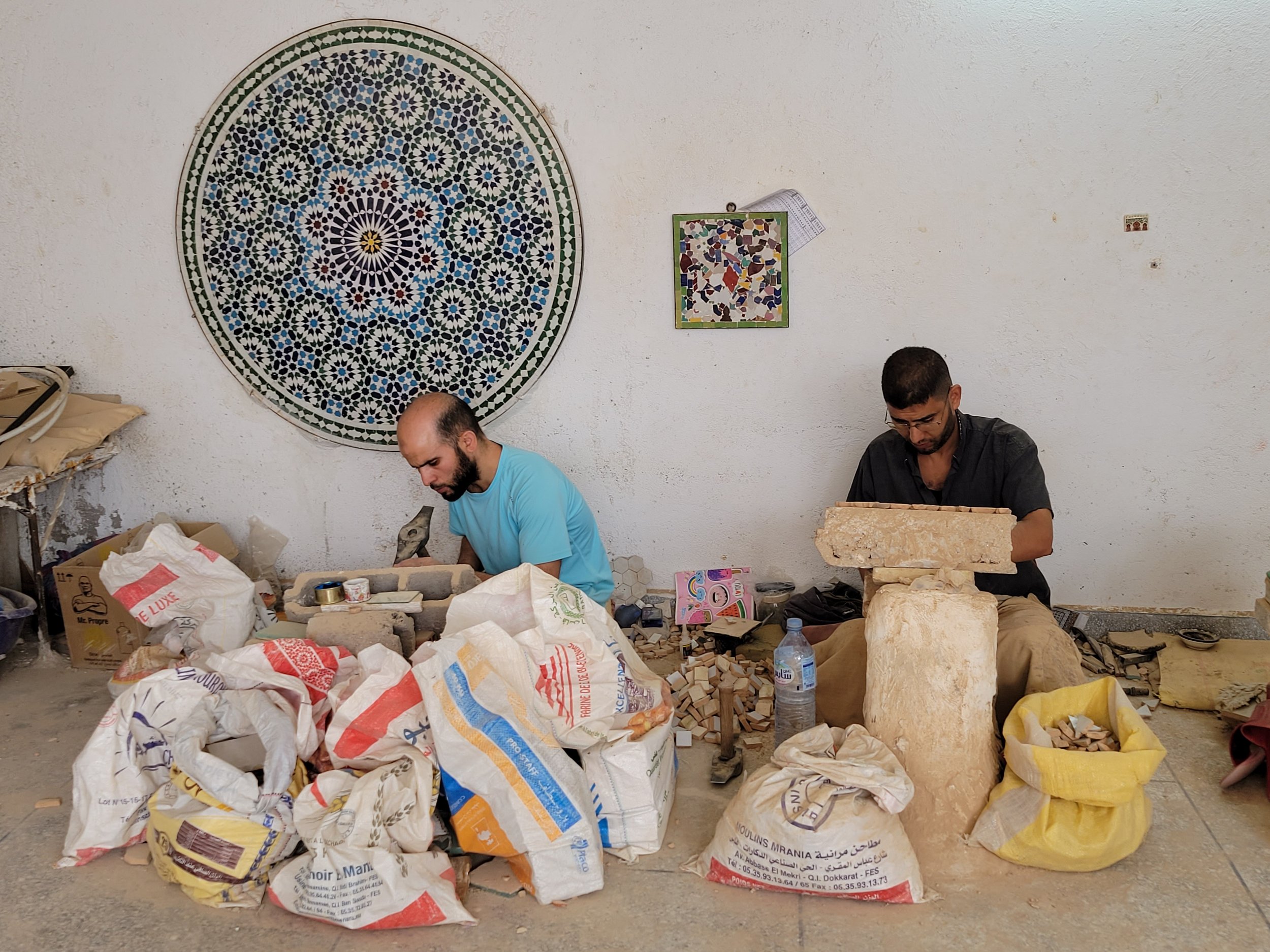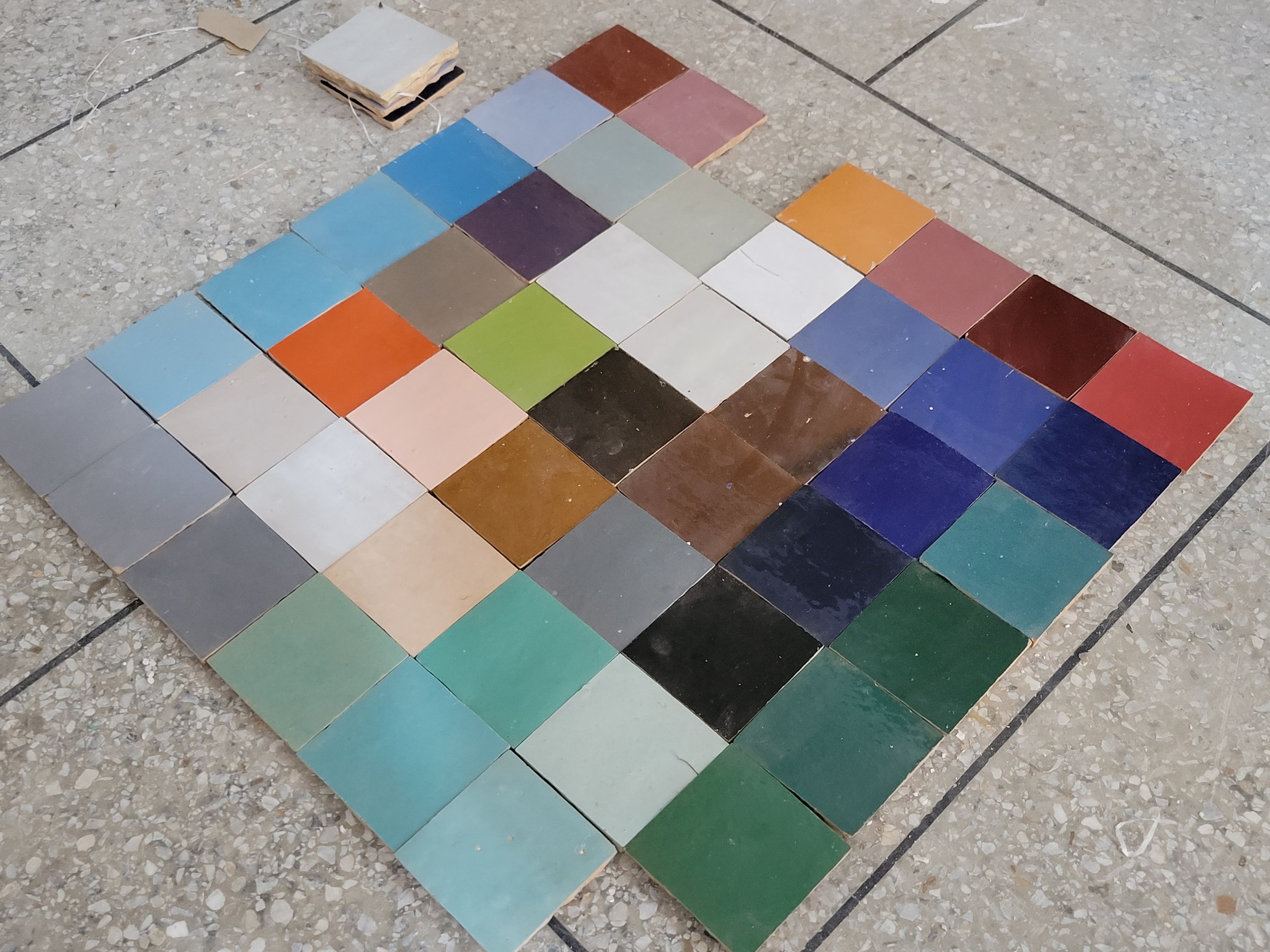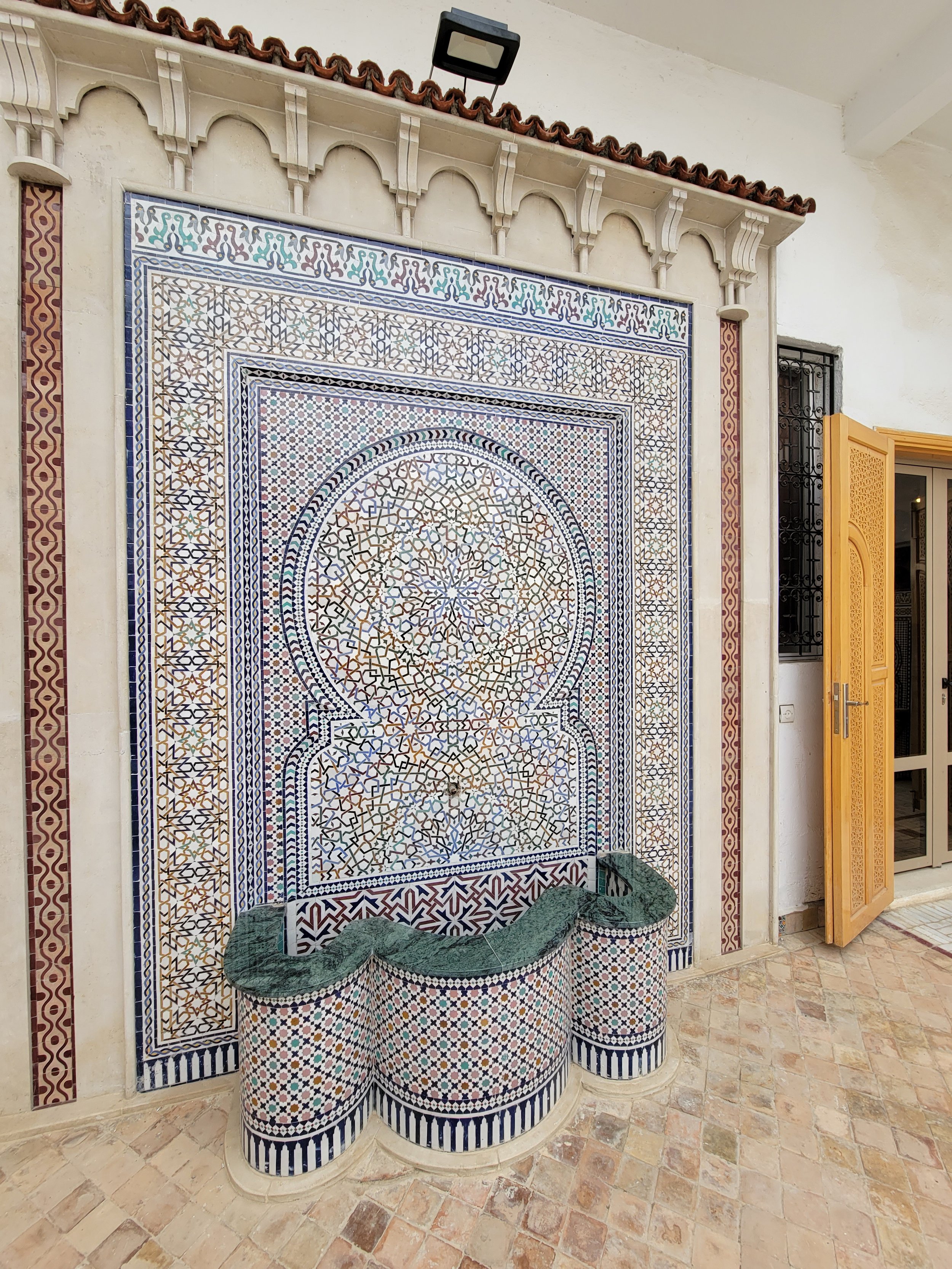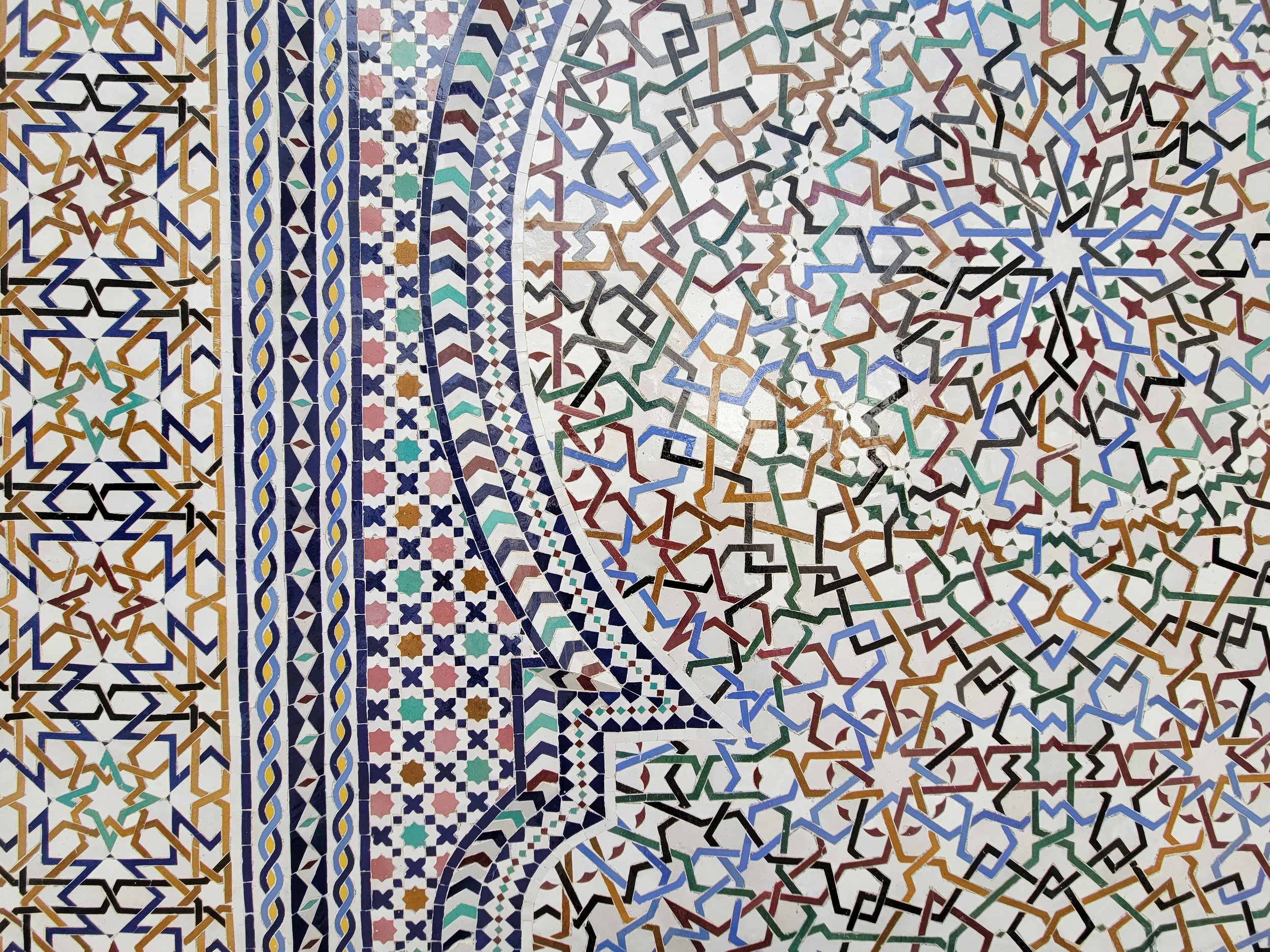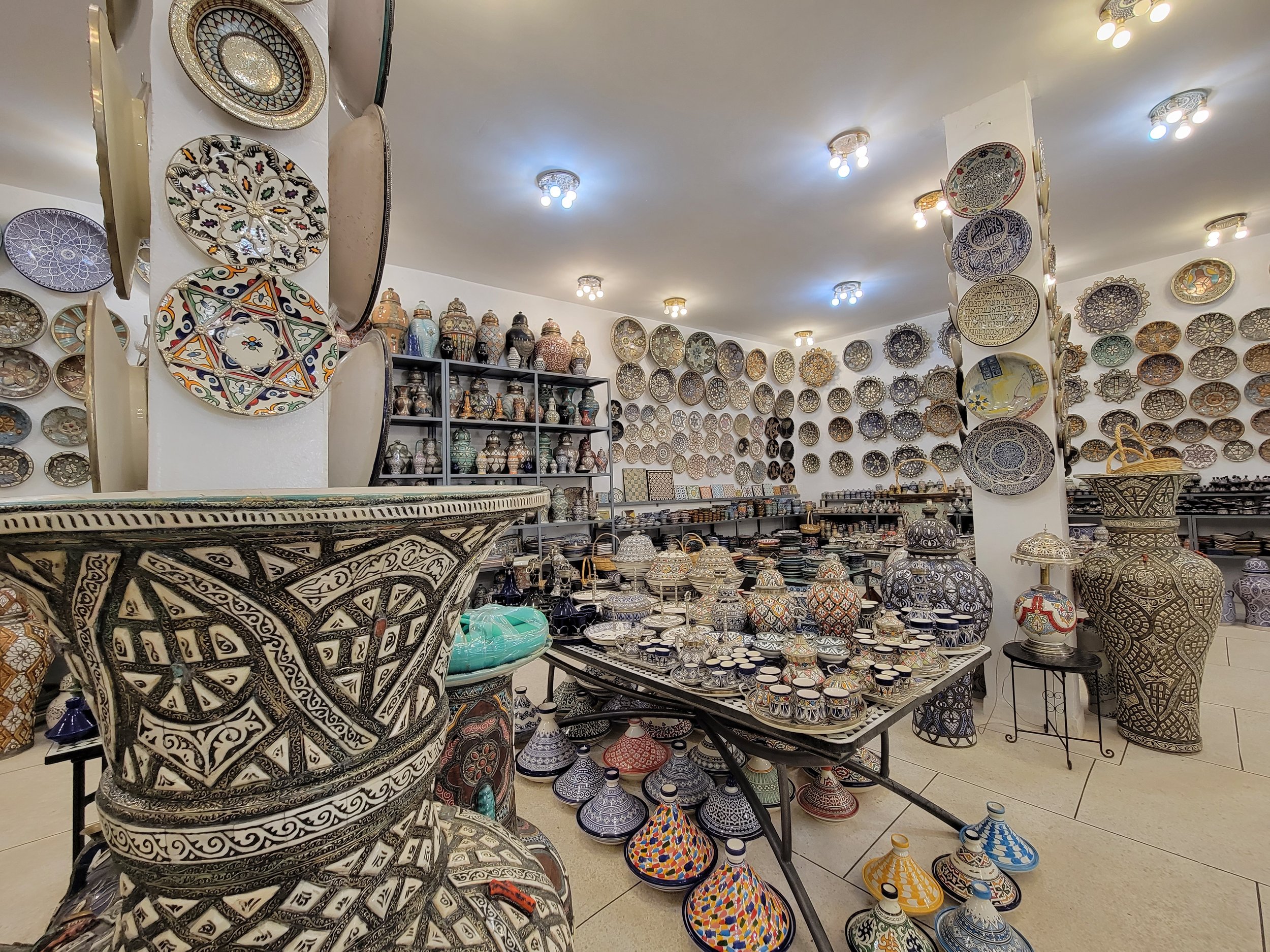Fes, Morocco (Outside the Walled City)
Athens of Africa
Morocco is a North African country bordering both the Atlantic Ocean and Mediterranean Sea. Often called “The Arab West,” it’s a land known for its Berber, Arabian and European cultural influences. Since its beginning in 788 AD by Idris I, the country has been ruled by a series of independent dynasties that have fiercely protected its uniquely rich culture centered on religion and tradition, leaving Morocco a destination that’s full of flavor, color and texture; a country layered and deeply rich in so many ways.
Fes, or Fez, is a northeastern city in Morocco thought of as the country’s cultural capital, primarily known for its walled medina, Fes El Bali. It’s the second largest city in Morocco and a favorite among tourists looking to experience Morocco’s diverse art, architecture and culture (and in my opinion, the best place to pick up souvenirs). The bustling medinas of Fes are filled with historical museums, gardens, traditional hammams, leather tanneries and shops of all kinds selling beautifully handmade goods like Moroccan rugs, textiles, pottery and both metal and woodwork.
My two week whirlwind adventure began in Istanbul, Turkey where East Meets West: One City, Two Continents, then it was on to the Hot Air Balloons & Fairy Chimneys of Cappadocia in the center of Turkey, along with exploring southwest Cappadocia’s Pigeon Valley, Selime Monastery, Ihara Valley & Underground City. From Cappadocia, we traveled to the incredibly rich and delicious country of Morocco. Our best option was a flight into Casa Blanca, with a three and a half hour train ride to the northern city of Fes. After arriving in Fes, we embraced Fes El Bali’s Walled Medina, Medieval Architecture, Vibrant Souks & Old World Charm, along with its alluring sights just outside the walled city, the true Athens of Africa. As our last stop, The Red City of Marrakesh, with another train ride through Casa Blanca. While in Marrakesh, we ventured north to experience Homemade Butter, Argan Oil & Camel Rides in the Atlas Mountains.
Explore the Royal Palace & Jewish Quarter
After exploring the walled city of Fes el Bali it was time to wander outside the city walls. In the morning, breakfast was served in our riad, the gorgeous رياض دار Riad Dar Bensouda. Buffet style, it was laid out on clothed tables near the swimming pool for guests to enjoy.
The spread included a wide range of delicious dishes including pancakes, breads, pastries, cakes, fruit, olives, cheese, jams and jellies, butter, honey, juice, coffee and tea.
If that wasn’t enough, guests could also order an omelette or fried eggs on the side. My favorite and the most unique treats were the coconut cake and the triangle-shaped pastries filled with flavorful rice.
Once we finished breakfast, our tour guide, Khlid, picked us up by taxi just outside the walled city. Khlid would be showing us the cultural and historical sites of Fes. Our first stop would be The Royal Palace or Dar al-Makhzen (دار المخزن), the palace of the King of Morocco.
We began our tour at the highly decorated 20th century gates of Place des Alaouites, near the Mellah, or Jewish quarter. This entrance at the southwest, along with the main entrance at the Old Mechouar (courtyard) to the northeast, are the most publicly visible parts of the palace.
The palace gates were absolutely stunning, both from a distance but especially up close. The amount of detail and care put into the enormous bronze structures was pretty amazing.
The palace’s original foundation dates back to that of Fes el-Jdid, the royal citadel of the Marinid Dynasty in 1276 CE. Though, most of the palace today dates from the Alaouite era during the 17th-20th centuries.
It’s grounds are home to many private structures, patios and gardens but have historically included administrative offices and government courthouses, as well.
After observing the gorgeous gates, we moved on to the Jewish quarter (ملاح) located in Fes el-Jdid. Dating back to the mid-15th century, the area contains a number of monuments and landmarks from the Jewish community’s historical heritage. And as we strolled through the streets, countless jewelry stores displayed the most incredible pieces of gold and bakeries overflowed with freshly baked bread. They sat below traditional Jewish homes, often with relatively ornate open balconies facing the street.
Historically, after the Sephardic expulsion from Andalusia in 1438, a walled Jewish quarter was established in Fes and named Mellah, meaning “salt marsh” in Arabic. The Jewish community was finally protected and accepted to the point where a Jew was appointed to be a government minister in 1465.
Near the end of main street, the Derb al-Souq (Street of the Market), we entered the Jewish synagogue, Ibn Danan Synagogue. Dating from the 17th century, the synagogue was built by Mimoun Ben Sidan, a wealthy merchant from the town of Ait Ishaq. Damaged and rebuilt many times over the years, the synagogue has had a challenging past.
From 1812 until the synagogue’s closure in the 1960s, the rabbis have come from the Danan family, a dynasty of rabbis that can be traced back as far as Granada (present day Spain), to the 15th century. Today, the synagogue is named after Rabbi Shlomo Ibn Danan, one of the family members who oversaw the synagogue during the early 20th century.
In recent times, the Jewish community of Fes has struggled with its preservation, nominating the building to the 1996 World Monuments Watch. Some of the issues concerning the community were peeling plaster, collapsing roofs, rotting beams and broken windows. The organization was able to help restore the synagogue to its modest appearance, reopening in 1999.
The most interesting highlight of the synagogue can be found underground. Under the main hall is a subterranean vaulted chamber that can be reached by a narrow staircase. It was rediscovered during its restoration in the late 1990s and likely served as a cellar. A passage to its side gives access to a mikveh, or bath, for ritual purifications, with access to a water source.
With an entrance on the northwest corner, a large Jewish Cemetery is home to thousands of blindingly white tombs freshly painted in 2019. Established in 1883, it was only filled to its current extent in the 20th century. Located inside, are a few notables such as the 19th century martyr, Solica, worshiped by Jews and Muslims alike, as well as a number of rabbis.
After peering into the cemetery we took a stroll through some of the deserted back alleys. Though in rough shape they were quite charming and I especially loved the random pops of color, particularly, powder blue.
From there, we made our way out of the Jewish quarter and back to the main street just in time to see it liven up with fruit vendors and the like.
Then, it was time to move on to our next location.
Catch City Views at the South Fort
Borj Sud (برج الجنوب,), or South Tower/Fort, is a gorgeous fort overlooking the old city of Fes el Bali. It was first established in 1582 by the Saadian dynasty and likely modeled after Portuguese forts of the time.
The South Fort sits on the hills south of the city and across the valley from its sister fort, Borj Nord or North Tower/Fort, which lies on the hills to the north of the city. The forts were both built in commanding positions overlooking the city where their canons could easily attack below, if needed.
The Saadians, whose capital was Marrakesh, had faced strong resistance to their rule in Fes and the fort was one of several they built around the city. The forts were meant to both defend the city from external attacks, as well as keep the population of Fes el Bali under control.
In an attempt to remove the Portuguese from Morocco, the Saadians also built three bastions along the south and east walls of Fes el Jdid to mimic Portuguese military architecture.
Construction was likely assisted with labor and expertise from European prisoners captured in the Battle of the Three Kings in 1578. These forts were also the first and only fortresses in Fes designed for the age of gunpowder.
The panoramic views of the city were absolutely incredible. It was even possible to see the wall surrounding the medina and two of the all white cemeteries located in each corner.
After enjoying the views and exploring the grounds a bit, exterior only, we moved on to our next destination, and one of my favorites.
Admire All Things Ceramic at Fes Mosaic & Pottery
Fes Mosaic and Pottery was our final stop outside the medina walls. Unsure exactly what to expect, it far exceeded our expectations. Morocco prides itself on an artisan culture that creates gorgeous handmade goods like those made of metal, leather and wood but the one traditional craft that’s in danger is zellige. Zellige is the centuries old skill of making mosaic tile that commonly adorns palaces and mosques throughout the country.
Making tiles is a skill handed down generations, from father to son, and requires intense training and hard work without much pay. Very few young people these days are interested in learning this time honored tradition, especially since factories can produce them at a faster and cheaper rate. Still, one of my favorite activities while traveling is to discover local handmade items and the people who carry on their traditions.
As we entered the studio, we were greeted by a man covered in clay, spinning a pottery wheel. Focusing intently and only making slight hand gestures, he was making tajines, a traditional earthenware pot used for cooking throughout northern Africa, along with other pieces resembling dishware.
The gentleman was fast and methodical, spitting out smooth shapes one after another as he dipped his messy fingers into a bowl of water nearby. Less complicated than mosaic tile, the pottery is then dried, fired, painted and sealed after being shaped.
From there, we moved on to a demonstration area showing mosaic tiles. Beginning with a square tile that’s a single color, it then receives a hand drawn pattern. Each pattern is then filled in with colors similar to a paint by numbers.
Then, the tile is fired to lock in the color, from which all colors are local natural dyes from various plant life.
After the color is locked in, the patterned square tiles are broken apart into various shapes with angled backsides.
They are then arranged into a new pattern and plaster is applied to the back to create a final piece. The work is tough, especially on the body, as workers find it easier to sit on the ground to work. The craft is incredibly detailed and takes eight years to be an apprentice. Here, at the cooperative, only about 50 workers have reached this level.
Outside, there’s a beautiful courtyard displaying some of their most prized workmanship. My favorite was an enormous fountain that had thousands of tiny pieces delicately joined together.
Up close, I could hardly believe that they’d been broken apart and put back together again.
They also displayed dozens of patio tables with mosaic tile tops outside in the sunny courtyard; it was too bad I couldn’t take one home with me because I surely would have.
Inside, the shop is filled with thousands of pieces of pottery and mosaic tile. There were large vases, tables, dishes of all kinds and single tiles that could be used as wall treatments or flooring. I couldn’t believe my eyes.
Worried about carrying anything too large, we picked a few hand painted tiles to be used as soap trays, each one about $10 USD. And with that, after enjoying a wonderful day exploring outside the medina, we returned back to our riad inside the walled city.


